Filter
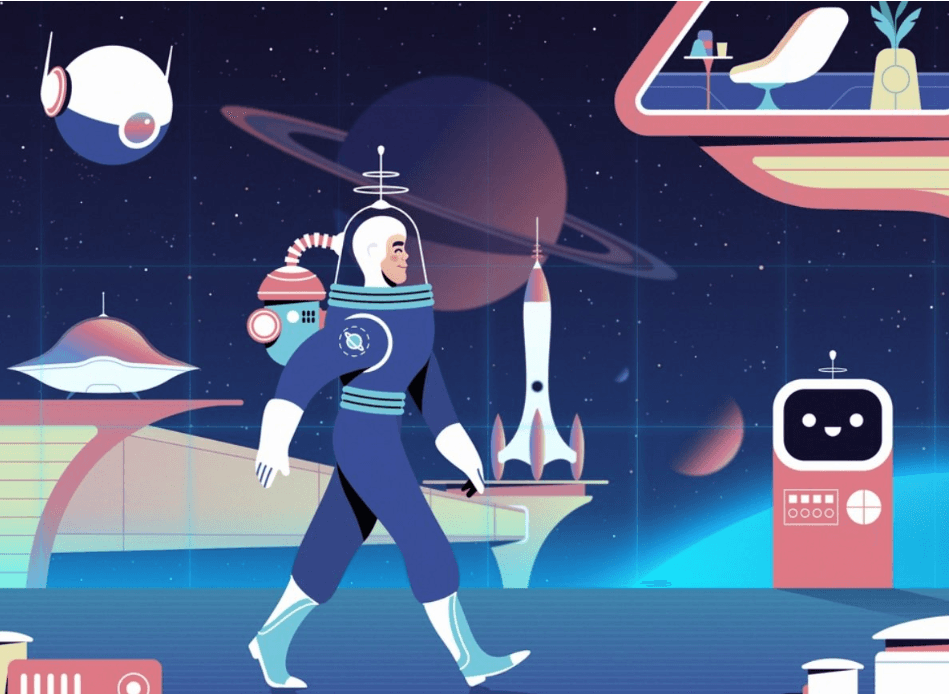
💻
Technology

💻
Technology

💻
Technology

💻
Technology

💻
Technology

💻
Technology

Fireart
Article
How Designers deal with Rejections
There are lot of talented designers with graphics design service that often experience some hardships while dealing with rejections. How to handle rejection at work is a common issue, but it becomes an absolute cornestone for creative professional
There are lot of talented designers with graphics design service that often experience some hardships while dealing with rejections. How to handle rejection at work is a common issue, but it becomes an absolute cornestone for creative professional
There are lot of talented designers with graphics design service that often experience some hardships while dealing with rejections. How to handle rejection at work is a common issue, but it becomes an absolute cornestone for creative professional
There are lot of talented designers with graphics design service that often experience some hardships while dealing with rejections. How to handle rejection at work is a common issue, but it becomes an absolute cornestone for creative professional
There are lot of talented designers with graphics design service that often experience some hardships while dealing with rejections. How to handle rejection at work is a common issue, but it becomes an absolute cornestone for creative professional
There are lot of talented designers with graphics design service that often experience some hardships while dealing with rejections. How to handle rejection at work is a common issue, but it becomes an absolute cornestone for creative professional

🧠
Design Thinking

🧠
Design Thinking

🧠
Design Thinking

🧠
Design Thinking

🧠
Design Thinking

🧠
Design Thinking
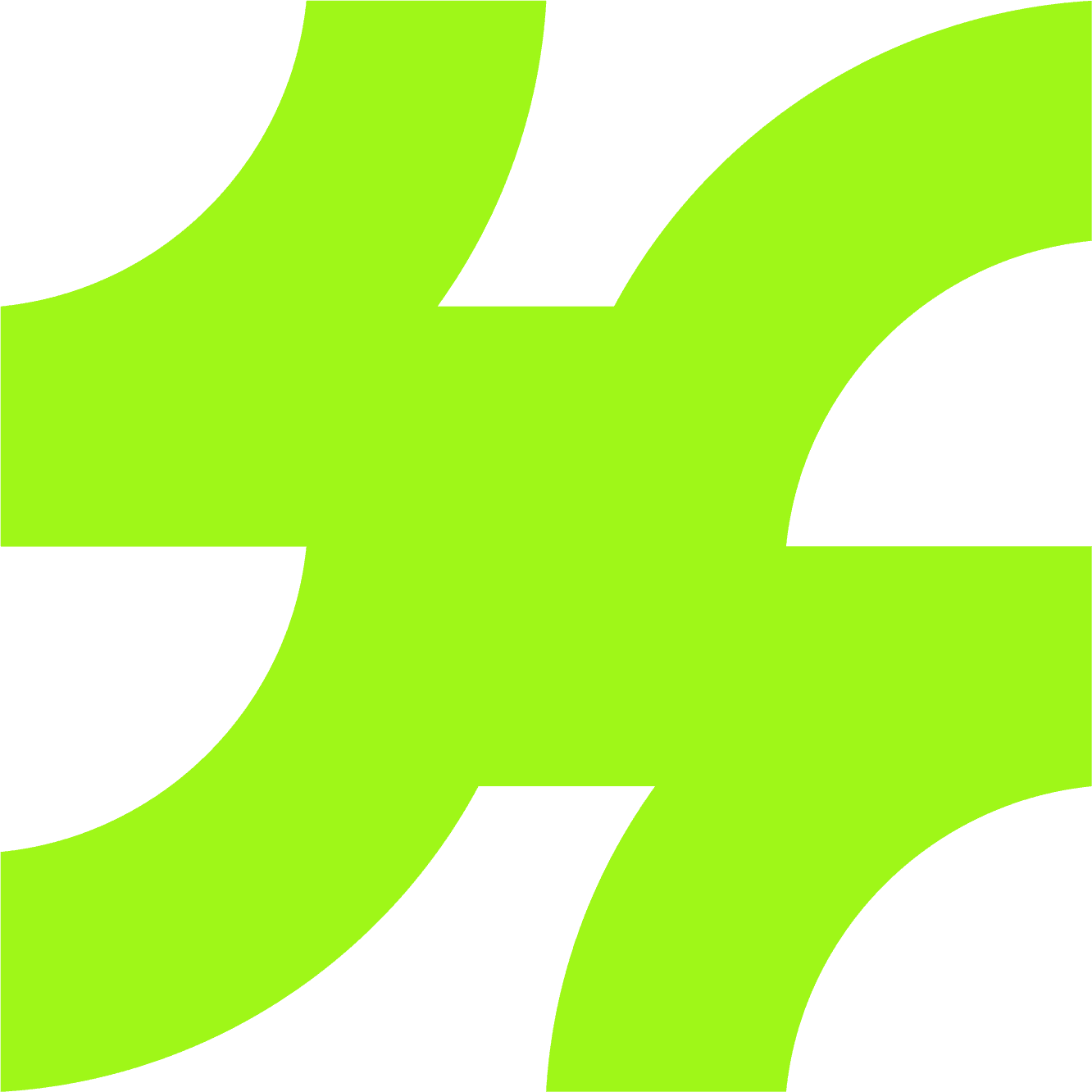
Zsolt Szilvai
Article
100 Days of Deisgn
Is a design challenge only a waste of time or is it really worth it? Is it possible to gain useful skills by creating only nice interfaces without solving any real problems? There are many kinds of design challenges designers participate in, but what’s the point?
Is a design challenge only a waste of time or is it really worth it? Is it possible to gain useful skills by creating only nice interfaces without solving any real problems? There are many kinds of design challenges designers participate in, but what’s the point?
Is a design challenge only a waste of time or is it really worth it? Is it possible to gain useful skills by creating only nice interfaces without solving any real problems? There are many kinds of design challenges designers participate in, but what’s the point?
Is a design challenge only a waste of time or is it really worth it? Is it possible to gain useful skills by creating only nice interfaces without solving any real problems? There are many kinds of design challenges designers participate in, but what’s the point?
Is a design challenge only a waste of time or is it really worth it? Is it possible to gain useful skills by creating only nice interfaces without solving any real problems? There are many kinds of design challenges designers participate in, but what’s the point?
Is a design challenge only a waste of time or is it really worth it? Is it possible to gain useful skills by creating only nice interfaces without solving any real problems? There are many kinds of design challenges designers participate in, but what’s the point?
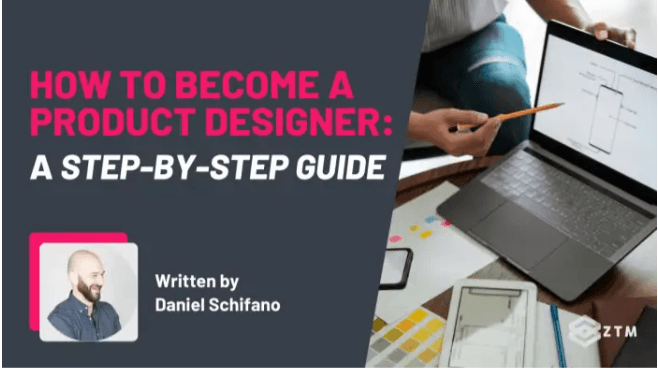
💼
Product Design Business

💼
Product Design Business

💼
Product Design Business

💼
Product Design Business

💼
Product Design Business

💼
Product Design Business

ZTM
Article
How to Become a Product Designer
If you enjoy being creative and figuring out what people want, then a career as a Product Designer might just be perfect for you! It pays well, you’re always working on something new, and you get a real sense of accomplishment from helping to bring an idea to life.
If you enjoy being creative and figuring out what people want, then a career as a Product Designer might just be perfect for you! It pays well, you’re always working on something new, and you get a real sense of accomplishment from helping to bring an idea to life.
If you enjoy being creative and figuring out what people want, then a career as a Product Designer might just be perfect for you! It pays well, you’re always working on something new, and you get a real sense of accomplishment from helping to bring an idea to life.
If you enjoy being creative and figuring out what people want, then a career as a Product Designer might just be perfect for you! It pays well, you’re always working on something new, and you get a real sense of accomplishment from helping to bring an idea to life.
If you enjoy being creative and figuring out what people want, then a career as a Product Designer might just be perfect for you! It pays well, you’re always working on something new, and you get a real sense of accomplishment from helping to bring an idea to life.
If you enjoy being creative and figuring out what people want, then a career as a Product Designer might just be perfect for you! It pays well, you’re always working on something new, and you get a real sense of accomplishment from helping to bring an idea to life.
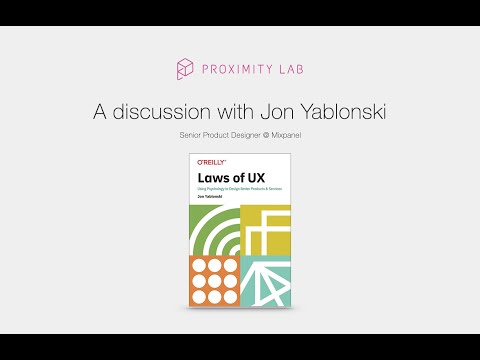
🧠
Design Thinking

🧠
Design Thinking

🧠
Design Thinking

🧠
Design Thinking

🧠
Design Thinking

🧠
Design Thinking
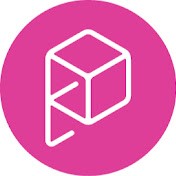
Promixty Lab
Video
Laws of UX: Using Psychology to Design Better Products & Services
Jon Yablonski provides a concise and practical overview of fundamental principles of user experience (UX) design based on human psychology and takes questions from the audience. His framework simplifies the often overwhelming amount of UX knowledge by organizing it around 10 core principles that are easily understandable and applicable.
Jon Yablonski provides a concise and practical overview of fundamental principles of user experience (UX) design based on human psychology and takes questions from the audience. His framework simplifies the often overwhelming amount of UX knowledge by organizing it around 10 core principles that are easily understandable and applicable.
Jon Yablonski provides a concise and practical overview of fundamental principles of user experience (UX) design based on human psychology and takes questions from the audience. His framework simplifies the often overwhelming amount of UX knowledge by organizing it around 10 core principles that are easily understandable and applicable.
Jon Yablonski provides a concise and practical overview of fundamental principles of user experience (UX) design based on human psychology and takes questions from the audience. His framework simplifies the often overwhelming amount of UX knowledge by organizing it around 10 core principles that are easily understandable and applicable.
Jon Yablonski provides a concise and practical overview of fundamental principles of user experience (UX) design based on human psychology and takes questions from the audience. His framework simplifies the often overwhelming amount of UX knowledge by organizing it around 10 core principles that are easily understandable and applicable.
Jon Yablonski provides a concise and practical overview of fundamental principles of user experience (UX) design based on human psychology and takes questions from the audience. His framework simplifies the often overwhelming amount of UX knowledge by organizing it around 10 core principles that are easily understandable and applicable.
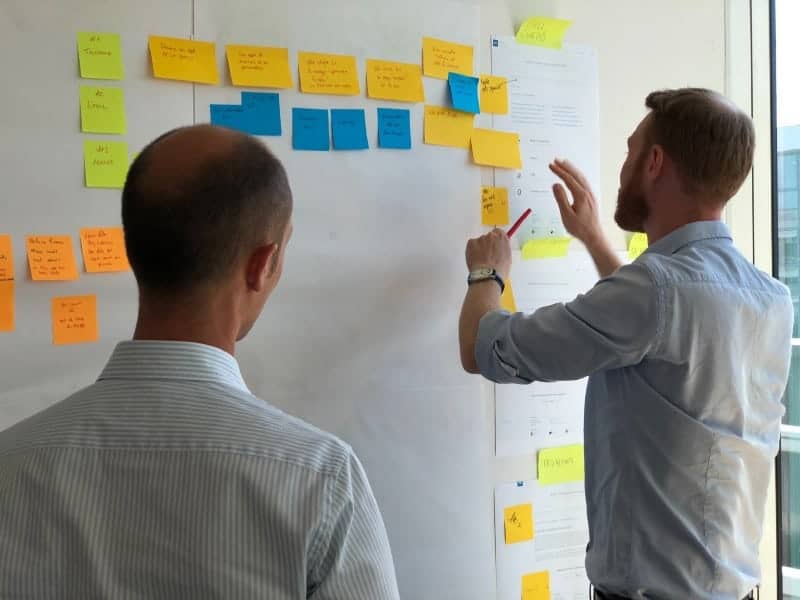
🧠
Design Thinking

🧠
Design Thinking

🧠
Design Thinking

🧠
Design Thinking

🧠
Design Thinking

🧠
Design Thinking

Voltage Control
Article
The Five Phases of Design Thinking
Design thinking is a process for creative problem-solving that helps teams move past the first “good ideas” and discover creative solutions. Rather than a one-shoe-fits-all mindset, the design thinking approach encourages a holistic view where uncertainty and ambiguity are welcomed and embraced to consider all sides of a problem.
Design thinking is a process for creative problem-solving that helps teams move past the first “good ideas” and discover creative solutions. Rather than a one-shoe-fits-all mindset, the design thinking approach encourages a holistic view where uncertainty and ambiguity are welcomed and embraced to consider all sides of a problem.
Design thinking is a process for creative problem-solving that helps teams move past the first “good ideas” and discover creative solutions. Rather than a one-shoe-fits-all mindset, the design thinking approach encourages a holistic view where uncertainty and ambiguity are welcomed and embraced to consider all sides of a problem.
Design thinking is a process for creative problem-solving that helps teams move past the first “good ideas” and discover creative solutions. Rather than a one-shoe-fits-all mindset, the design thinking approach encourages a holistic view where uncertainty and ambiguity are welcomed and embraced to consider all sides of a problem.
Design thinking is a process for creative problem-solving that helps teams move past the first “good ideas” and discover creative solutions. Rather than a one-shoe-fits-all mindset, the design thinking approach encourages a holistic view where uncertainty and ambiguity are welcomed and embraced to consider all sides of a problem.
Design thinking is a process for creative problem-solving that helps teams move past the first “good ideas” and discover creative solutions. Rather than a one-shoe-fits-all mindset, the design thinking approach encourages a holistic view where uncertainty and ambiguity are welcomed and embraced to consider all sides of a problem.

💻
Technology

💻
Technology

💻
Technology

💻
Technology

💻
Technology

💻
Technology
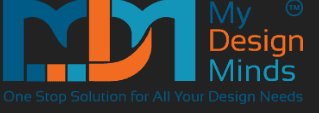
My Design Minds
Article
The Influence of Technology in Modern Product Design
The Role of Technology in Modern Product Design – Within the dynamic field of design, technology has emerged as a crucial and revolutionary factor. The combination of innovative technology and creative thinking has given modern product design an infinite amount of options.
The Role of Technology in Modern Product Design – Within the dynamic field of design, technology has emerged as a crucial and revolutionary factor. The combination of innovative technology and creative thinking has given modern product design an infinite amount of options.
The Role of Technology in Modern Product Design – Within the dynamic field of design, technology has emerged as a crucial and revolutionary factor. The combination of innovative technology and creative thinking has given modern product design an infinite amount of options.
The Role of Technology in Modern Product Design – Within the dynamic field of design, technology has emerged as a crucial and revolutionary factor. The combination of innovative technology and creative thinking has given modern product design an infinite amount of options.
The Role of Technology in Modern Product Design – Within the dynamic field of design, technology has emerged as a crucial and revolutionary factor. The combination of innovative technology and creative thinking has given modern product design an infinite amount of options.
The Role of Technology in Modern Product Design – Within the dynamic field of design, technology has emerged as a crucial and revolutionary factor. The combination of innovative technology and creative thinking has given modern product design an infinite amount of options.
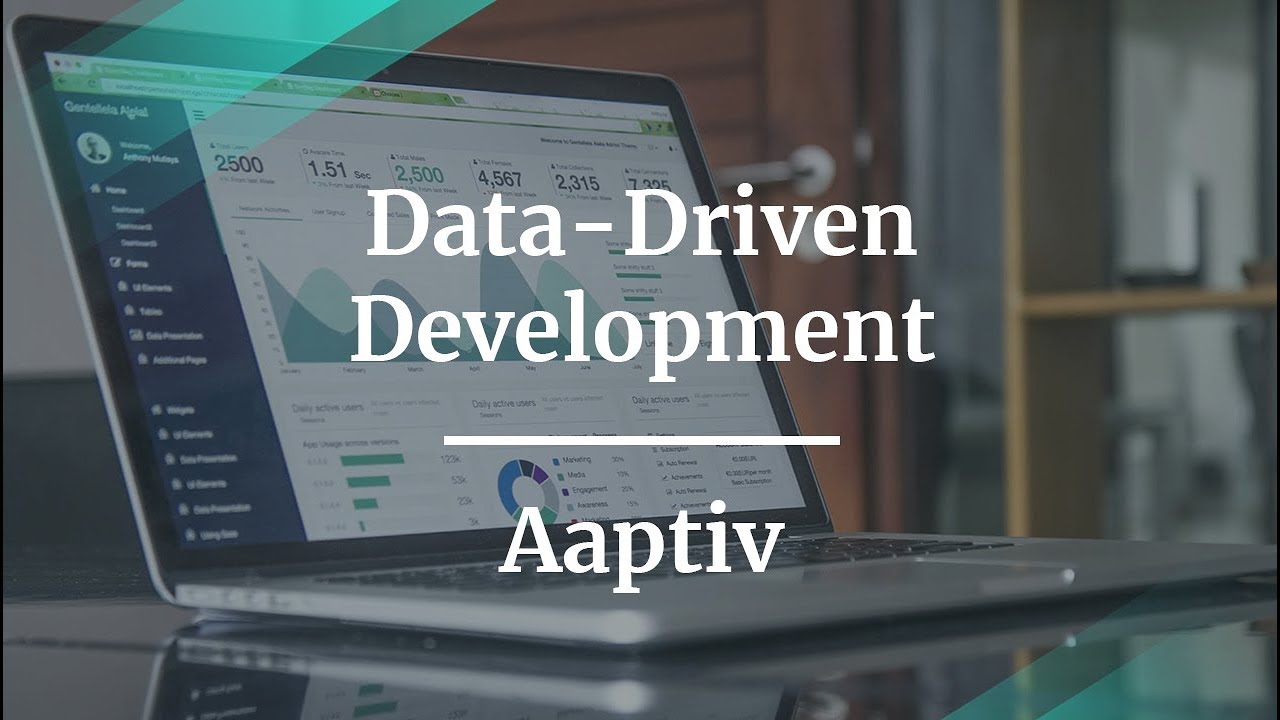
📊
Data

📊
Data

📊
Data

📊
Data

📊
Data

📊
Data

Aaptiv
Video
What is Data-Driven Product Development by Aaptiv Senior PM
In this video, Lisa shared her insights on how to implement a full cycle of collaborative, data-driven product development. She explained how to use qualitative and quantitative research to make product decisions, and how to facilitate design and ideation workshops to encourage team problem solving. This talk went deep into real-world case studies from the digital fitness space.
In this video, Lisa shared her insights on how to implement a full cycle of collaborative, data-driven product development. She explained how to use qualitative and quantitative research to make product decisions, and how to facilitate design and ideation workshops to encourage team problem solving. This talk went deep into real-world case studies from the digital fitness space.
In this video, Lisa shared her insights on how to implement a full cycle of collaborative, data-driven product development. She explained how to use qualitative and quantitative research to make product decisions, and how to facilitate design and ideation workshops to encourage team problem solving. This talk went deep into real-world case studies from the digital fitness space.
In this video, Lisa shared her insights on how to implement a full cycle of collaborative, data-driven product development. She explained how to use qualitative and quantitative research to make product decisions, and how to facilitate design and ideation workshops to encourage team problem solving. This talk went deep into real-world case studies from the digital fitness space.
In this video, Lisa shared her insights on how to implement a full cycle of collaborative, data-driven product development. She explained how to use qualitative and quantitative research to make product decisions, and how to facilitate design and ideation workshops to encourage team problem solving. This talk went deep into real-world case studies from the digital fitness space.
In this video, Lisa shared her insights on how to implement a full cycle of collaborative, data-driven product development. She explained how to use qualitative and quantitative research to make product decisions, and how to facilitate design and ideation workshops to encourage team problem solving. This talk went deep into real-world case studies from the digital fitness space.
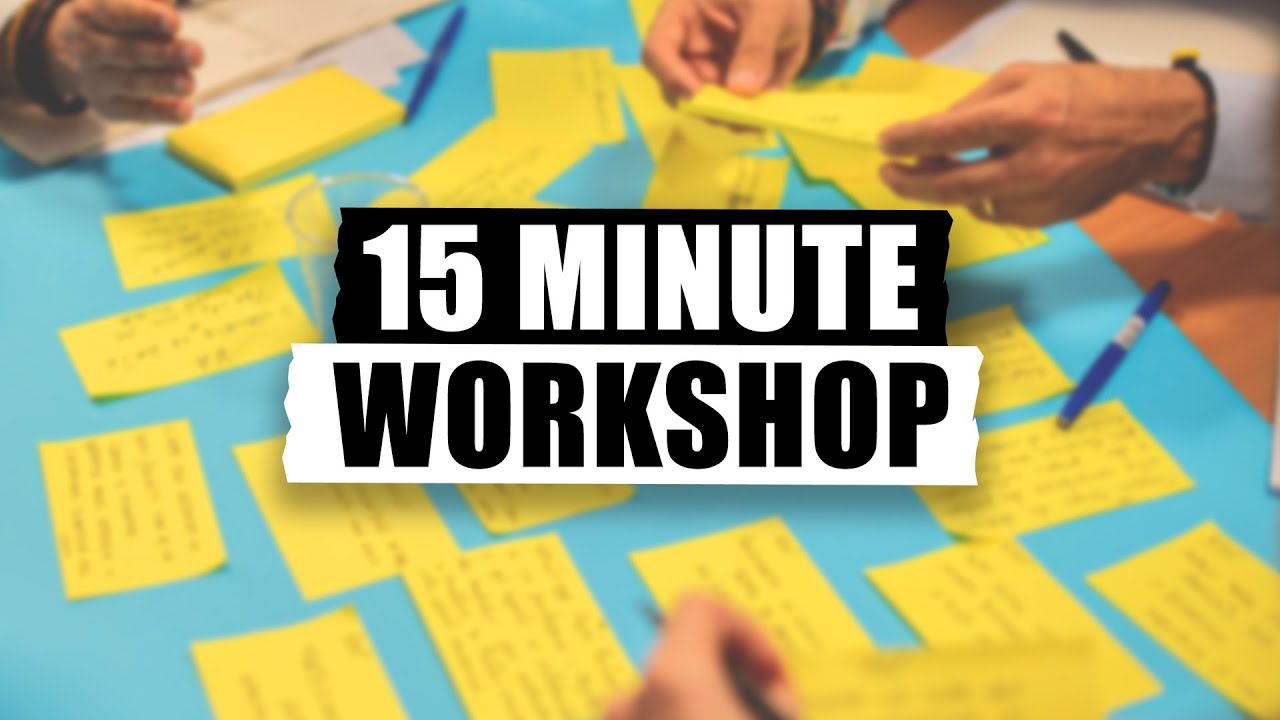
📊
Data

📊
Data

📊
Data

📊
Data

📊
Data

📊
Data
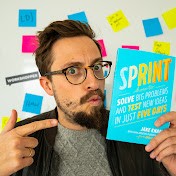
AJ&Smart
Video
How to faciltate Your First Workshop(Step-by-Step Guide)
In this video we show you How To Facilitate Your First Micro Workshop and we also share all the resources you need to do so
In this video we show you How To Facilitate Your First Micro Workshop and we also share all the resources you need to do so
In this video we show you How To Facilitate Your First Micro Workshop and we also share all the resources you need to do so
In this video we show you How To Facilitate Your First Micro Workshop and we also share all the resources you need to do so
In this video we show you How To Facilitate Your First Micro Workshop and we also share all the resources you need to do so
In this video we show you How To Facilitate Your First Micro Workshop and we also share all the resources you need to do so
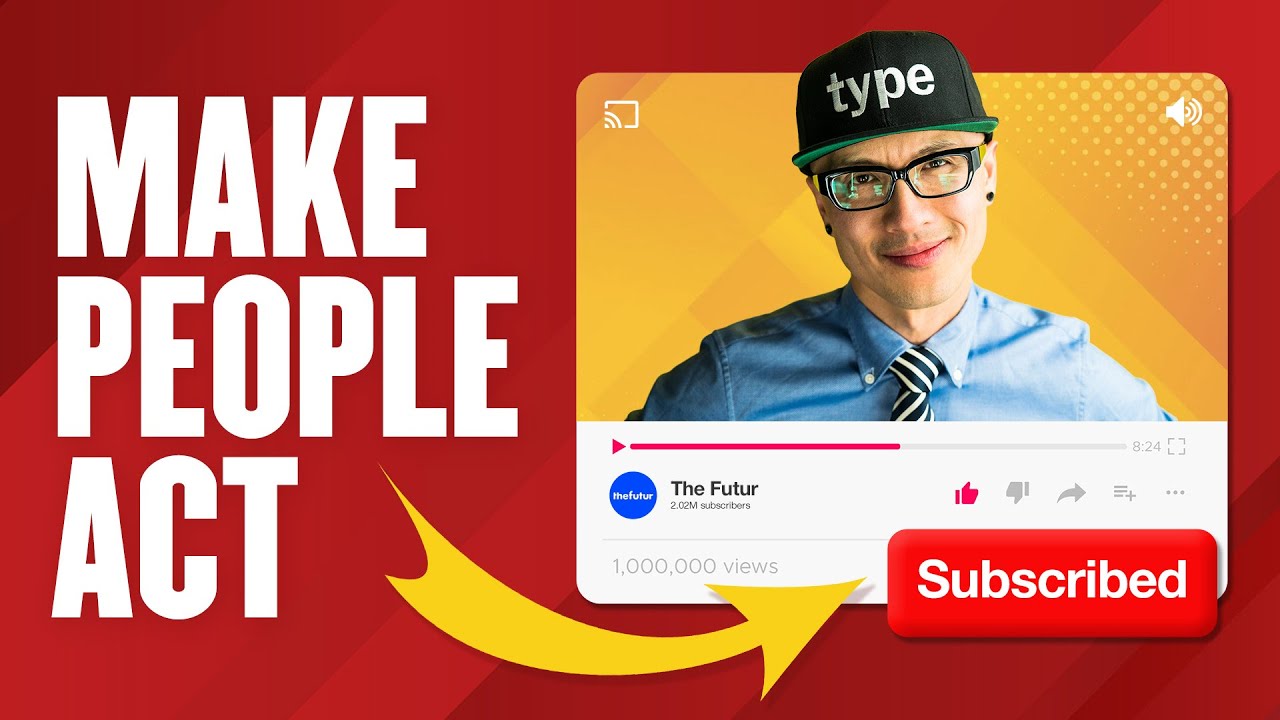
📊
Data

📊
Data

📊
Data

📊
Data

📊
Data

📊
Data
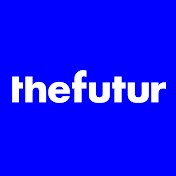
The Futur
Video
Understanding Your Customer Needs Through Data
This video presents the importance of asking customers questions in order to better understand their needs and preferences. This video also discuss the importance of getting a response and taking action on customer feedback, and caution against focusing too much on the number of followers or email recipients without considering their engagement and response.
This video presents the importance of asking customers questions in order to better understand their needs and preferences. This video also discuss the importance of getting a response and taking action on customer feedback, and caution against focusing too much on the number of followers or email recipients without considering their engagement and response.
This video presents the importance of asking customers questions in order to better understand their needs and preferences. This video also discuss the importance of getting a response and taking action on customer feedback, and caution against focusing too much on the number of followers or email recipients without considering their engagement and response.
This video presents the importance of asking customers questions in order to better understand their needs and preferences. This video also discuss the importance of getting a response and taking action on customer feedback, and caution against focusing too much on the number of followers or email recipients without considering their engagement and response.
This video presents the importance of asking customers questions in order to better understand their needs and preferences. This video also discuss the importance of getting a response and taking action on customer feedback, and caution against focusing too much on the number of followers or email recipients without considering their engagement and response.
This video presents the importance of asking customers questions in order to better understand their needs and preferences. This video also discuss the importance of getting a response and taking action on customer feedback, and caution against focusing too much on the number of followers or email recipients without considering their engagement and response.

🏋️
Practices

🏋️
Practices

🏋️
Practices

🏋️
Practices

🏋️
Practices

🏋️
Practices
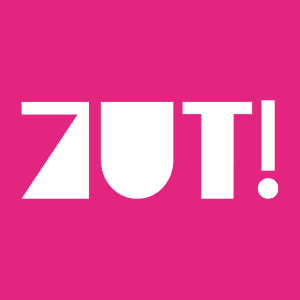
Zut Games Ltd
Tools
I Love Hue
I Love Hue is a mobile app game that encourages users to arrange colored tiles into well-ordered mosaics.
I Love Hue is a mobile app game that encourages users to arrange colored tiles into well-ordered mosaics.
I Love Hue is a mobile app game that encourages users to arrange colored tiles into well-ordered mosaics.
I Love Hue is a mobile app game that encourages users to arrange colored tiles into well-ordered mosaics.
I Love Hue is a mobile app game that encourages users to arrange colored tiles into well-ordered mosaics.
I Love Hue is a mobile app game that encourages users to arrange colored tiles into well-ordered mosaics.

🏋️
Practices

🏋️
Practices

🏋️
Practices

🏋️
Practices

🏋️
Practices

🏋️
Practices

Checklist Design
Tools
Checklist Design
Checklist Design is a curated list of checklists ranging from website pages, to UI components, all the way to branding assets.
Checklist Design is a curated list of checklists ranging from website pages, to UI components, all the way to branding assets.
Checklist Design is a curated list of checklists ranging from website pages, to UI components, all the way to branding assets.
Checklist Design is a curated list of checklists ranging from website pages, to UI components, all the way to branding assets.
Checklist Design is a curated list of checklists ranging from website pages, to UI components, all the way to branding assets.
Checklist Design is a curated list of checklists ranging from website pages, to UI components, all the way to branding assets.

🏋️
Practices

🏋️
Practices

🏋️
Practices

🏋️
Practices

🏋️
Practices

🏋️
Practices

FakeClients
Tools
FakeClients
FakeClients is a free, web-based design brief generator that walks you through building real cases for practice with logo design, web design, illustration, UX & UI using briefs and prompts.
FakeClients is a free, web-based design brief generator that walks you through building real cases for practice with logo design, web design, illustration, UX & UI using briefs and prompts.
FakeClients is a free, web-based design brief generator that walks you through building real cases for practice with logo design, web design, illustration, UX & UI using briefs and prompts.
FakeClients is a free, web-based design brief generator that walks you through building real cases for practice with logo design, web design, illustration, UX & UI using briefs and prompts.
FakeClients is a free, web-based design brief generator that walks you through building real cases for practice with logo design, web design, illustration, UX & UI using briefs and prompts.
FakeClients is a free, web-based design brief generator that walks you through building real cases for practice with logo design, web design, illustration, UX & UI using briefs and prompts.

🏋️
Practices

🏋️
Practices

🏋️
Practices

🏋️
Practices

🏋️
Practices

🏋️
Practices

Tools
Google Interview Warmup
Google Interview Warmup provides a free online service designed to help people prepare for job interviews.
Google Interview Warmup provides a free online service designed to help people prepare for job interviews.
Google Interview Warmup provides a free online service designed to help people prepare for job interviews.
Google Interview Warmup provides a free online service designed to help people prepare for job interviews.
Google Interview Warmup provides a free online service designed to help people prepare for job interviews.
Google Interview Warmup provides a free online service designed to help people prepare for job interviews.

🏋️
Practices

🏋️
Practices

🏋️
Practices

🏋️
Practices

🏋️
Practices

🏋️
Practices
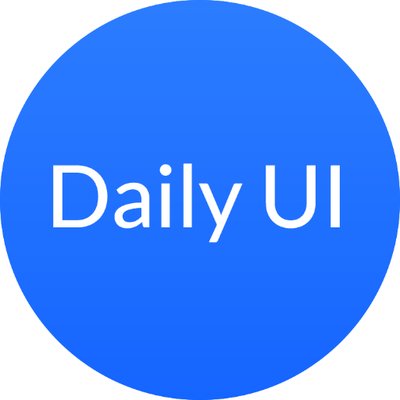
Daily UI
Tools
Daily UI Design Challenge
The Daily UI is a design challenge that provides designers of all levels the opportunity to improve their skills, receive feedback and build up their design portfolio.
The Daily UI is a design challenge that provides designers of all levels the opportunity to improve their skills, receive feedback and build up their design portfolio.
The Daily UI is a design challenge that provides designers of all levels the opportunity to improve their skills, receive feedback and build up their design portfolio.
The Daily UI is a design challenge that provides designers of all levels the opportunity to improve their skills, receive feedback and build up their design portfolio.
The Daily UI is a design challenge that provides designers of all levels the opportunity to improve their skills, receive feedback and build up their design portfolio.
The Daily UI is a design challenge that provides designers of all levels the opportunity to improve their skills, receive feedback and build up their design portfolio.
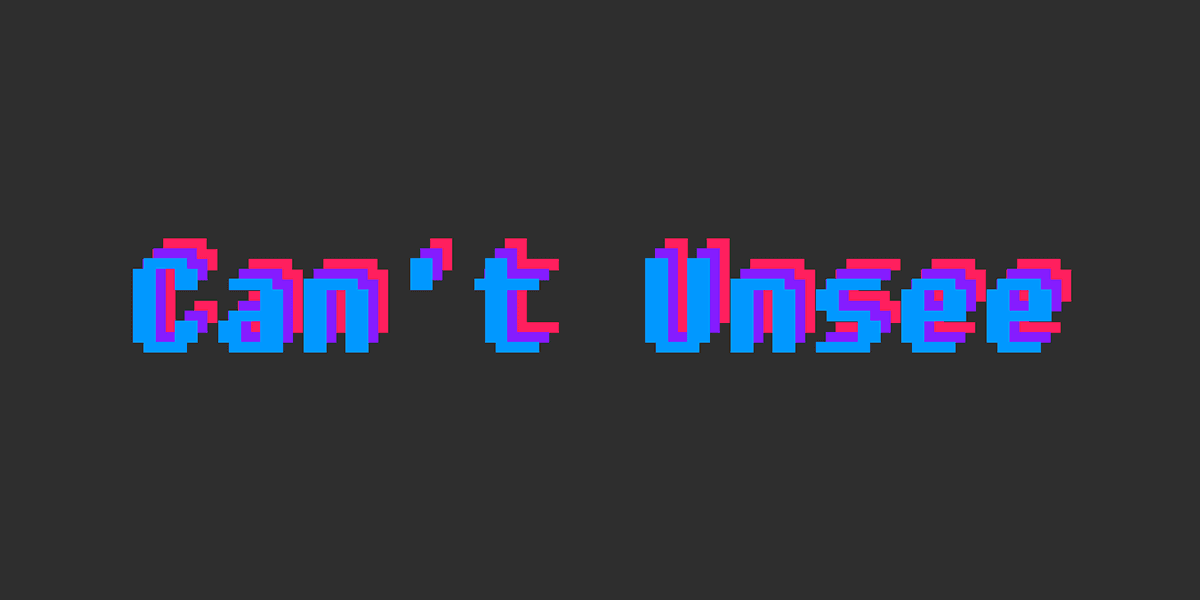
🏋️
Practices

🏋️
Practices

🏋️
Practices

🏋️
Practices

🏋️
Practices

🏋️
Practices

Can't Unsee
Tools
Can't Unsee Design Game
Can't Unsee is a game designed to sharpen your attention to detail and creativity. The goal of the game is to identify which design elements of two near-identical objects are different.
Can't Unsee is a game designed to sharpen your attention to detail and creativity. The goal of the game is to identify which design elements of two near-identical objects are different.
Can't Unsee is a game designed to sharpen your attention to detail and creativity. The goal of the game is to identify which design elements of two near-identical objects are different.
Can't Unsee is a game designed to sharpen your attention to detail and creativity. The goal of the game is to identify which design elements of two near-identical objects are different.
Can't Unsee is a game designed to sharpen your attention to detail and creativity. The goal of the game is to identify which design elements of two near-identical objects are different.
Can't Unsee is a game designed to sharpen your attention to detail and creativity. The goal of the game is to identify which design elements of two near-identical objects are different.

💼
Product Design Business

💼
Product Design Business

💼
Product Design Business

💼
Product Design Business

💼
Product Design Business

💼
Product Design Business

Sandra Mathis
Article
7 ways to successfully align your sales and marketing teams
Aligning sales and marketing involves common goals, shared tools, and collaborative efforts, enhancing efficiency, customer experience, and ultimately boosting sales and revenue.
Aligning sales and marketing involves common goals, shared tools, and collaborative efforts, enhancing efficiency, customer experience, and ultimately boosting sales and revenue.
Aligning sales and marketing involves common goals, shared tools, and collaborative efforts, enhancing efficiency, customer experience, and ultimately boosting sales and revenue.
Aligning sales and marketing involves common goals, shared tools, and collaborative efforts, enhancing efficiency, customer experience, and ultimately boosting sales and revenue.
Aligning sales and marketing involves common goals, shared tools, and collaborative efforts, enhancing efficiency, customer experience, and ultimately boosting sales and revenue.
Aligning sales and marketing involves common goals, shared tools, and collaborative efforts, enhancing efficiency, customer experience, and ultimately boosting sales and revenue.
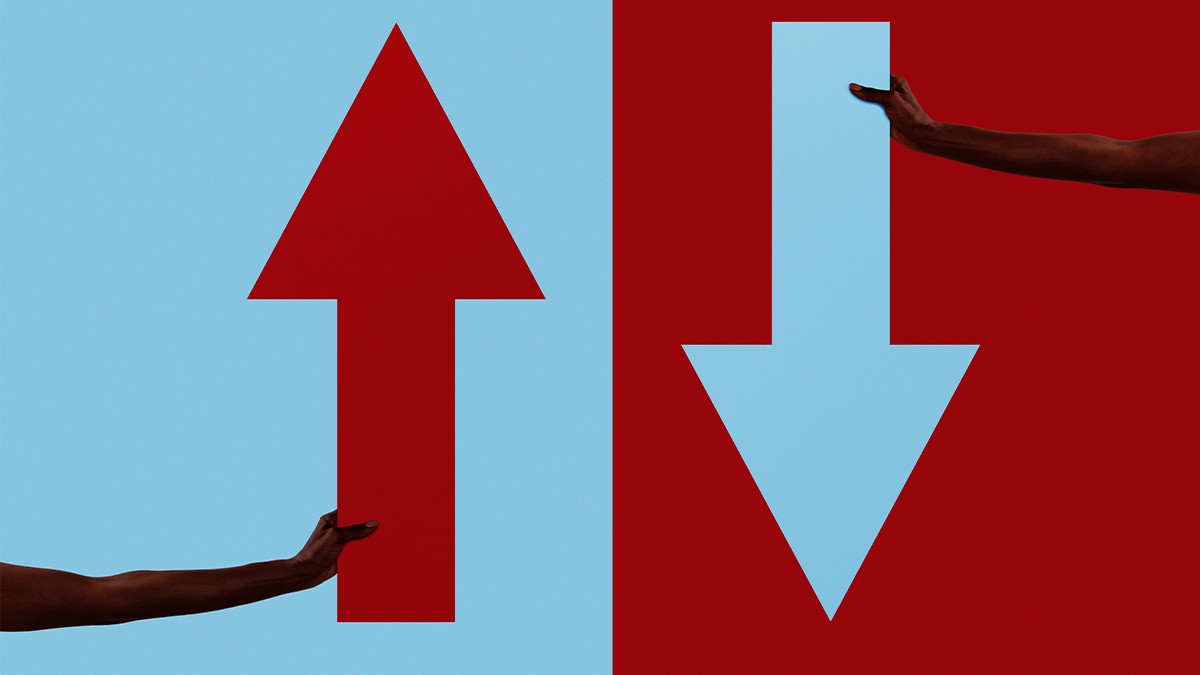
💼
Product Design Business

💼
Product Design Business

💼
Product Design Business

💼
Product Design Business

💼
Product Design Business

💼
Product Design Business

G. Tomas M. Hult and Forrest V. Morgeson
Article
10 Ways to Boost Customer Satisfaction
In an era where customer satisfaction is notably declining, companies must strategically optimize (not maximize) customer satisfaction as a key asset, focusing on meeting realistic customer expectations, delivering quality and value, managing complaints effectively, fostering loyalty, and understanding the complex relationship between satisfaction, financial performance, and market share, all while navigating a diverse and evolving consumer landscape.
In an era where customer satisfaction is notably declining, companies must strategically optimize (not maximize) customer satisfaction as a key asset, focusing on meeting realistic customer expectations, delivering quality and value, managing complaints effectively, fostering loyalty, and understanding the complex relationship between satisfaction, financial performance, and market share, all while navigating a diverse and evolving consumer landscape.
In an era where customer satisfaction is notably declining, companies must strategically optimize (not maximize) customer satisfaction as a key asset, focusing on meeting realistic customer expectations, delivering quality and value, managing complaints effectively, fostering loyalty, and understanding the complex relationship between satisfaction, financial performance, and market share, all while navigating a diverse and evolving consumer landscape.
In an era where customer satisfaction is notably declining, companies must strategically optimize (not maximize) customer satisfaction as a key asset, focusing on meeting realistic customer expectations, delivering quality and value, managing complaints effectively, fostering loyalty, and understanding the complex relationship between satisfaction, financial performance, and market share, all while navigating a diverse and evolving consumer landscape.
In an era where customer satisfaction is notably declining, companies must strategically optimize (not maximize) customer satisfaction as a key asset, focusing on meeting realistic customer expectations, delivering quality and value, managing complaints effectively, fostering loyalty, and understanding the complex relationship between satisfaction, financial performance, and market share, all while navigating a diverse and evolving consumer landscape.
In an era where customer satisfaction is notably declining, companies must strategically optimize (not maximize) customer satisfaction as a key asset, focusing on meeting realistic customer expectations, delivering quality and value, managing complaints effectively, fostering loyalty, and understanding the complex relationship between satisfaction, financial performance, and market share, all while navigating a diverse and evolving consumer landscape.

💼
Product Design Business

💼
Product Design Business

💼
Product Design Business

💼
Product Design Business

💼
Product Design Business

💼
Product Design Business

Indeed Editorial Team
Article
How to become a freelance UX designer: an in-depth guide
Becoming a freelance UX designer involves pursuing relevant education, gaining industry experience, creating a solid portfolio, and actively seeking clients, offering the flexibility to choose projects, work pace, and location, but also requiring self-discipline and marketing skills.
Becoming a freelance UX designer involves pursuing relevant education, gaining industry experience, creating a solid portfolio, and actively seeking clients, offering the flexibility to choose projects, work pace, and location, but also requiring self-discipline and marketing skills.
Becoming a freelance UX designer involves pursuing relevant education, gaining industry experience, creating a solid portfolio, and actively seeking clients, offering the flexibility to choose projects, work pace, and location, but also requiring self-discipline and marketing skills.
Becoming a freelance UX designer involves pursuing relevant education, gaining industry experience, creating a solid portfolio, and actively seeking clients, offering the flexibility to choose projects, work pace, and location, but also requiring self-discipline and marketing skills.
Becoming a freelance UX designer involves pursuing relevant education, gaining industry experience, creating a solid portfolio, and actively seeking clients, offering the flexibility to choose projects, work pace, and location, but also requiring self-discipline and marketing skills.
Becoming a freelance UX designer involves pursuing relevant education, gaining industry experience, creating a solid portfolio, and actively seeking clients, offering the flexibility to choose projects, work pace, and location, but also requiring self-discipline and marketing skills.

💼
Product Design Business

💼
Product Design Business

💼
Product Design Business

💼
Product Design Business

💼
Product Design Business

💼
Product Design Business

Rohan Kamath
Article
Breaking into Product Design without experience
In the journey to becoming a product designer, understanding the distinctions between UX, UI, and Product Designer roles is crucial, and bridging the skill gap with empathy, design thinking, and technical knowledge is essential, as is showcasing these skills through a well-crafted portfolio, resume, and personalized cover letter, with paths ranging from formal education and bootcamps to self-taught routes and transitioning from other fields, all requiring persistence, networking, and continuous learning.
In the journey to becoming a product designer, understanding the distinctions between UX, UI, and Product Designer roles is crucial, and bridging the skill gap with empathy, design thinking, and technical knowledge is essential, as is showcasing these skills through a well-crafted portfolio, resume, and personalized cover letter, with paths ranging from formal education and bootcamps to self-taught routes and transitioning from other fields, all requiring persistence, networking, and continuous learning.
In the journey to becoming a product designer, understanding the distinctions between UX, UI, and Product Designer roles is crucial, and bridging the skill gap with empathy, design thinking, and technical knowledge is essential, as is showcasing these skills through a well-crafted portfolio, resume, and personalized cover letter, with paths ranging from formal education and bootcamps to self-taught routes and transitioning from other fields, all requiring persistence, networking, and continuous learning.
In the journey to becoming a product designer, understanding the distinctions between UX, UI, and Product Designer roles is crucial, and bridging the skill gap with empathy, design thinking, and technical knowledge is essential, as is showcasing these skills through a well-crafted portfolio, resume, and personalized cover letter, with paths ranging from formal education and bootcamps to self-taught routes and transitioning from other fields, all requiring persistence, networking, and continuous learning.
In the journey to becoming a product designer, understanding the distinctions between UX, UI, and Product Designer roles is crucial, and bridging the skill gap with empathy, design thinking, and technical knowledge is essential, as is showcasing these skills through a well-crafted portfolio, resume, and personalized cover letter, with paths ranging from formal education and bootcamps to self-taught routes and transitioning from other fields, all requiring persistence, networking, and continuous learning.
In the journey to becoming a product designer, understanding the distinctions between UX, UI, and Product Designer roles is crucial, and bridging the skill gap with empathy, design thinking, and technical knowledge is essential, as is showcasing these skills through a well-crafted portfolio, resume, and personalized cover letter, with paths ranging from formal education and bootcamps to self-taught routes and transitioning from other fields, all requiring persistence, networking, and continuous learning.

💼
Product Design Business

💼
Product Design Business

💼
Product Design Business

💼
Product Design Business

💼
Product Design Business

💼
Product Design Business
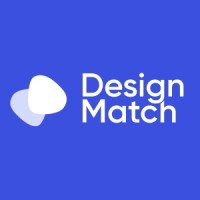
Design Match
Article
Maximize Startup Growth with a Freelance Product Designer
Freelance product designers, with their diverse expertise and specialized skills, offer startups adaptive and innovative design solutions, driving cost-effective growth and injecting fresh, strategic insights into projects.
Freelance product designers, with their diverse expertise and specialized skills, offer startups adaptive and innovative design solutions, driving cost-effective growth and injecting fresh, strategic insights into projects.
Freelance product designers, with their diverse expertise and specialized skills, offer startups adaptive and innovative design solutions, driving cost-effective growth and injecting fresh, strategic insights into projects.
Freelance product designers, with their diverse expertise and specialized skills, offer startups adaptive and innovative design solutions, driving cost-effective growth and injecting fresh, strategic insights into projects.
Freelance product designers, with their diverse expertise and specialized skills, offer startups adaptive and innovative design solutions, driving cost-effective growth and injecting fresh, strategic insights into projects.
Freelance product designers, with their diverse expertise and specialized skills, offer startups adaptive and innovative design solutions, driving cost-effective growth and injecting fresh, strategic insights into projects.
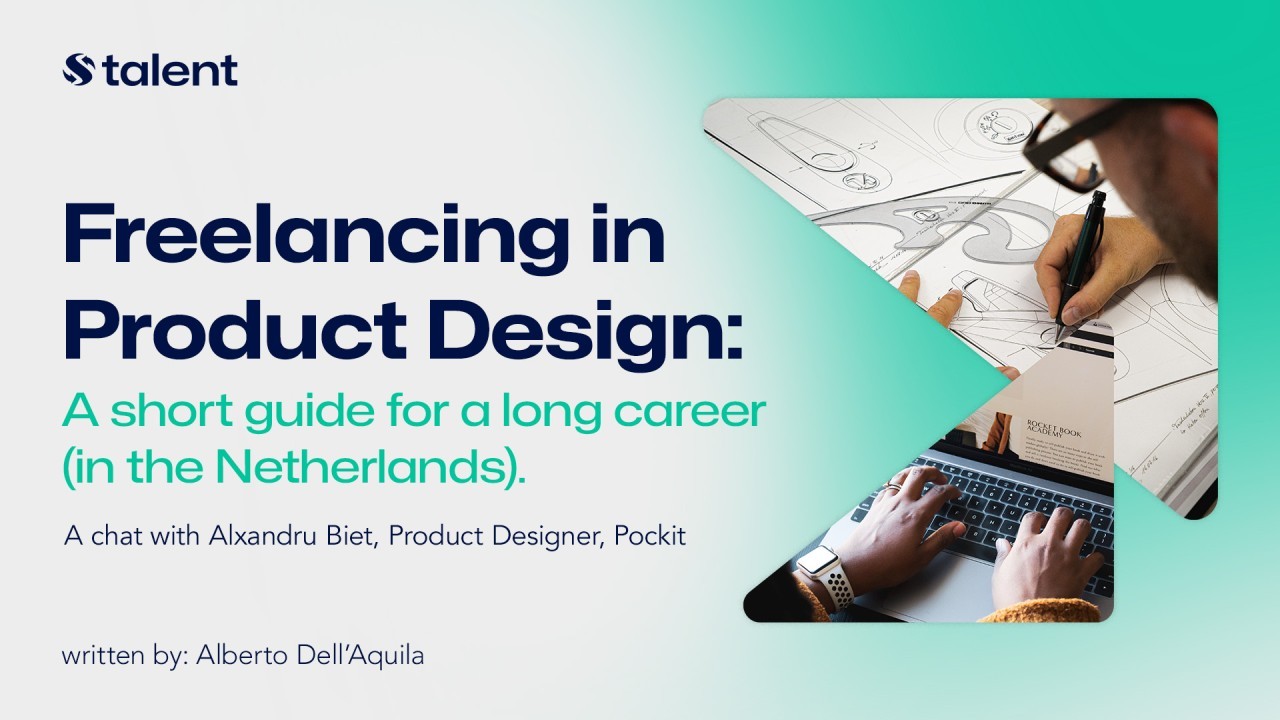
💼
Product Design Business

💼
Product Design Business

💼
Product Design Business

💼
Product Design Business

💼
Product Design Business

💼
Product Design Business

Alberto D.
Article
Freelancing in Product Design: A short guide for a long career (in the Netherlands)
This article offers a comprehensive guide for aspiring freelancer product designers, emphasizing the flexibility and control over workload that freelancing offers, but also the need for self-discipline and financial management. Key steps to success include identifying your target audience, creating a compelling portfolio, and building lasting client relationships, with additional advice on bureaucratic aspects in the Netherlands and insights from an experienced freelancer in the field.
This article offers a comprehensive guide for aspiring freelancer product designers, emphasizing the flexibility and control over workload that freelancing offers, but also the need for self-discipline and financial management. Key steps to success include identifying your target audience, creating a compelling portfolio, and building lasting client relationships, with additional advice on bureaucratic aspects in the Netherlands and insights from an experienced freelancer in the field.
This article offers a comprehensive guide for aspiring freelancer product designers, emphasizing the flexibility and control over workload that freelancing offers, but also the need for self-discipline and financial management. Key steps to success include identifying your target audience, creating a compelling portfolio, and building lasting client relationships, with additional advice on bureaucratic aspects in the Netherlands and insights from an experienced freelancer in the field.
This article offers a comprehensive guide for aspiring freelancer product designers, emphasizing the flexibility and control over workload that freelancing offers, but also the need for self-discipline and financial management. Key steps to success include identifying your target audience, creating a compelling portfolio, and building lasting client relationships, with additional advice on bureaucratic aspects in the Netherlands and insights from an experienced freelancer in the field.
This article offers a comprehensive guide for aspiring freelancer product designers, emphasizing the flexibility and control over workload that freelancing offers, but also the need for self-discipline and financial management. Key steps to success include identifying your target audience, creating a compelling portfolio, and building lasting client relationships, with additional advice on bureaucratic aspects in the Netherlands and insights from an experienced freelancer in the field.
This article offers a comprehensive guide for aspiring freelancer product designers, emphasizing the flexibility and control over workload that freelancing offers, but also the need for self-discipline and financial management. Key steps to success include identifying your target audience, creating a compelling portfolio, and building lasting client relationships, with additional advice on bureaucratic aspects in the Netherlands and insights from an experienced freelancer in the field.
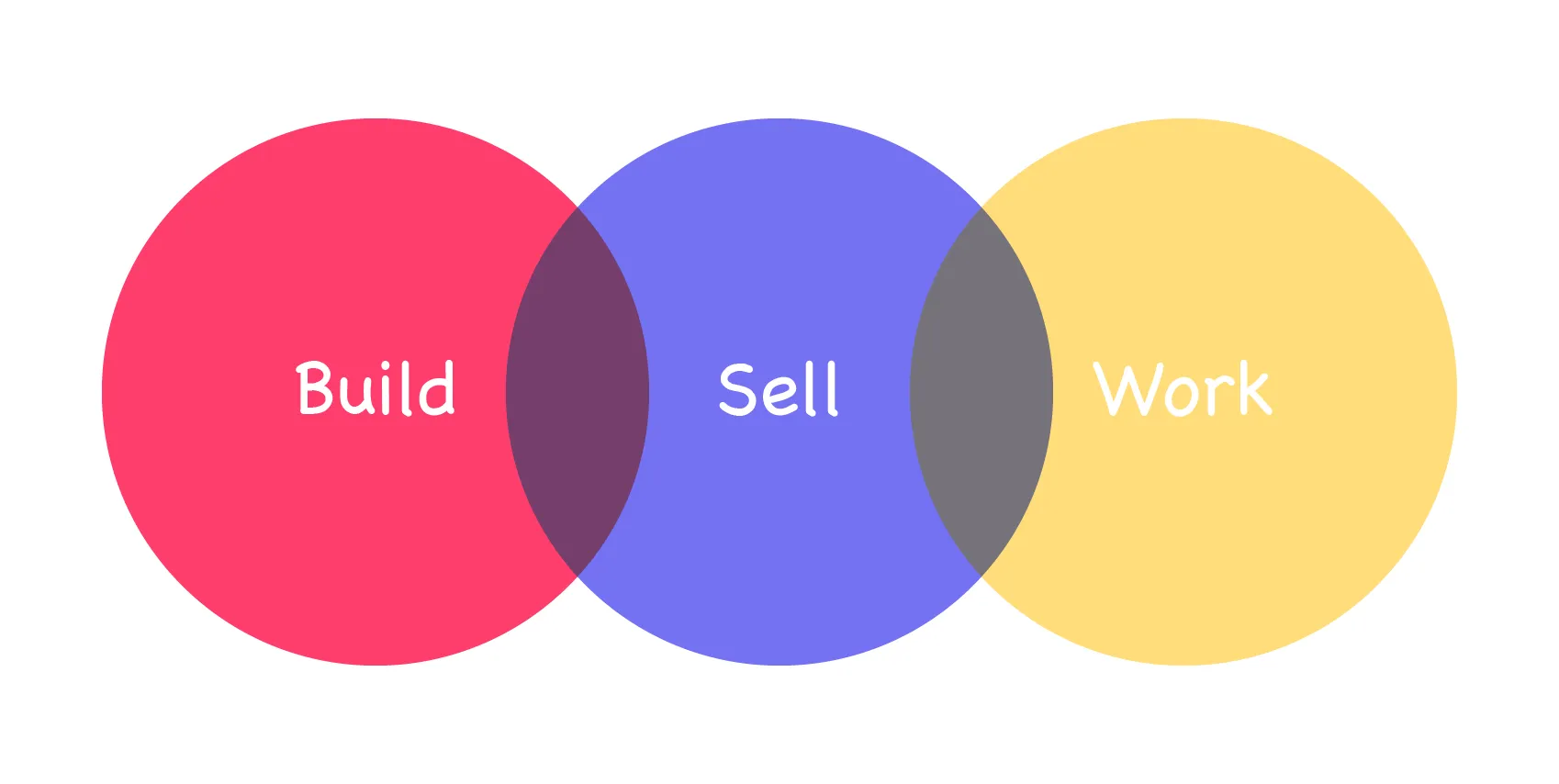
💼
Product Design Business

💼
Product Design Business

💼
Product Design Business

💼
Product Design Business

💼
Product Design Business

💼
Product Design Business

Nikhil Yadav ✌😎.ml
Article
Becoming a product design freelancer as a student
This article offers practical advice for students aspiring to be freelance product designers, emphasizing the importance of building a strong portfolio, effectively marketing one's skills, and delivering professional work, with a focus on consistent effort and strategic pricing to succeed in the competitive freelancing field.
This article offers practical advice for students aspiring to be freelance product designers, emphasizing the importance of building a strong portfolio, effectively marketing one's skills, and delivering professional work, with a focus on consistent effort and strategic pricing to succeed in the competitive freelancing field.
This article offers practical advice for students aspiring to be freelance product designers, emphasizing the importance of building a strong portfolio, effectively marketing one's skills, and delivering professional work, with a focus on consistent effort and strategic pricing to succeed in the competitive freelancing field.
This article offers practical advice for students aspiring to be freelance product designers, emphasizing the importance of building a strong portfolio, effectively marketing one's skills, and delivering professional work, with a focus on consistent effort and strategic pricing to succeed in the competitive freelancing field.
This article offers practical advice for students aspiring to be freelance product designers, emphasizing the importance of building a strong portfolio, effectively marketing one's skills, and delivering professional work, with a focus on consistent effort and strategic pricing to succeed in the competitive freelancing field.
This article offers practical advice for students aspiring to be freelance product designers, emphasizing the importance of building a strong portfolio, effectively marketing one's skills, and delivering professional work, with a focus on consistent effort and strategic pricing to succeed in the competitive freelancing field.

💼
Product Design Business

💼
Product Design Business

💼
Product Design Business

💼
Product Design Business

💼
Product Design Business

💼
Product Design Business

Indeed Editorial Team
Article
10 Marketing Strategies To Attract and Retain Customers
Marketing strategies focus on understanding customer needs, desires, and decision-making patterns to attract and retain them, using methods like the AIDAR model (Awareness, Interest, Desire, Action, Retention), setting SMART goals, and employing tactics like leveraging social media, blogging, maximizing SEO, creating CTAs, engaging influencers, building mailing lists, creating affiliate programs, using chat for engagement, hosting webinars, and developing customer personas.
Marketing strategies focus on understanding customer needs, desires, and decision-making patterns to attract and retain them, using methods like the AIDAR model (Awareness, Interest, Desire, Action, Retention), setting SMART goals, and employing tactics like leveraging social media, blogging, maximizing SEO, creating CTAs, engaging influencers, building mailing lists, creating affiliate programs, using chat for engagement, hosting webinars, and developing customer personas.
Marketing strategies focus on understanding customer needs, desires, and decision-making patterns to attract and retain them, using methods like the AIDAR model (Awareness, Interest, Desire, Action, Retention), setting SMART goals, and employing tactics like leveraging social media, blogging, maximizing SEO, creating CTAs, engaging influencers, building mailing lists, creating affiliate programs, using chat for engagement, hosting webinars, and developing customer personas.
Marketing strategies focus on understanding customer needs, desires, and decision-making patterns to attract and retain them, using methods like the AIDAR model (Awareness, Interest, Desire, Action, Retention), setting SMART goals, and employing tactics like leveraging social media, blogging, maximizing SEO, creating CTAs, engaging influencers, building mailing lists, creating affiliate programs, using chat for engagement, hosting webinars, and developing customer personas.
Marketing strategies focus on understanding customer needs, desires, and decision-making patterns to attract and retain them, using methods like the AIDAR model (Awareness, Interest, Desire, Action, Retention), setting SMART goals, and employing tactics like leveraging social media, blogging, maximizing SEO, creating CTAs, engaging influencers, building mailing lists, creating affiliate programs, using chat for engagement, hosting webinars, and developing customer personas.
Marketing strategies focus on understanding customer needs, desires, and decision-making patterns to attract and retain them, using methods like the AIDAR model (Awareness, Interest, Desire, Action, Retention), setting SMART goals, and employing tactics like leveraging social media, blogging, maximizing SEO, creating CTAs, engaging influencers, building mailing lists, creating affiliate programs, using chat for engagement, hosting webinars, and developing customer personas.

💼
Product Design Business

💼
Product Design Business

💼
Product Design Business

💼
Product Design Business

💼
Product Design Business

💼
Product Design Business

LEE Frederiksen, PH.D. & Joe Pope
Article
A Game-Changing Business Development Strategy to Achieve Consistent Growth
A business development strategy, integrating traditional sales and marketing roles, is pivotal for firm growth, focusing on client acquisition and relationship management to drive profitability and expansion.
A business development strategy, integrating traditional sales and marketing roles, is pivotal for firm growth, focusing on client acquisition and relationship management to drive profitability and expansion.
A business development strategy, integrating traditional sales and marketing roles, is pivotal for firm growth, focusing on client acquisition and relationship management to drive profitability and expansion.
A business development strategy, integrating traditional sales and marketing roles, is pivotal for firm growth, focusing on client acquisition and relationship management to drive profitability and expansion.
A business development strategy, integrating traditional sales and marketing roles, is pivotal for firm growth, focusing on client acquisition and relationship management to drive profitability and expansion.
A business development strategy, integrating traditional sales and marketing roles, is pivotal for firm growth, focusing on client acquisition and relationship management to drive profitability and expansion.

🛠️
Product Management

🛠️
Product Management

🛠️
Product Management

🛠️
Product Management

🛠️
Product Management

🛠️
Product Management

Bettina D'ávila
Article
Bring value to your design work in every development sprint
Designers can boost transparency and impact in development sprints by making their typically "backstage" tasks visible in tools like Jira, illustrating the thoroughness of the design process and aligning it with the development cycle.
Designers can boost transparency and impact in development sprints by making their typically "backstage" tasks visible in tools like Jira, illustrating the thoroughness of the design process and aligning it with the development cycle.
Designers can boost transparency and impact in development sprints by making their typically "backstage" tasks visible in tools like Jira, illustrating the thoroughness of the design process and aligning it with the development cycle.
Designers can boost transparency and impact in development sprints by making their typically "backstage" tasks visible in tools like Jira, illustrating the thoroughness of the design process and aligning it with the development cycle.
Designers can boost transparency and impact in development sprints by making their typically "backstage" tasks visible in tools like Jira, illustrating the thoroughness of the design process and aligning it with the development cycle.
Designers can boost transparency and impact in development sprints by making their typically "backstage" tasks visible in tools like Jira, illustrating the thoroughness of the design process and aligning it with the development cycle.
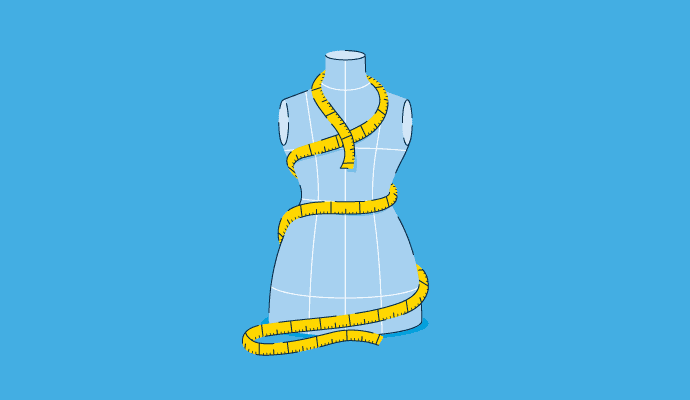
🛠️
Product Management

🛠️
Product Management

🛠️
Product Management

🛠️
Product Management

🛠️
Product Management

🛠️
Product Management

Mara Calvello
Article
Product Design: Create a Product Your Customers Will Love
Product design merges user needs and business goals to craft products that solve user problems, with design thinking as its core, focusing on empathy for user experiences, technological possibilities, and business requirements to ensure product success.
Product design merges user needs and business goals to craft products that solve user problems, with design thinking as its core, focusing on empathy for user experiences, technological possibilities, and business requirements to ensure product success.
Product design merges user needs and business goals to craft products that solve user problems, with design thinking as its core, focusing on empathy for user experiences, technological possibilities, and business requirements to ensure product success.
Product design merges user needs and business goals to craft products that solve user problems, with design thinking as its core, focusing on empathy for user experiences, technological possibilities, and business requirements to ensure product success.
Product design merges user needs and business goals to craft products that solve user problems, with design thinking as its core, focusing on empathy for user experiences, technological possibilities, and business requirements to ensure product success.
Product design merges user needs and business goals to craft products that solve user problems, with design thinking as its core, focusing on empathy for user experiences, technological possibilities, and business requirements to ensure product success.
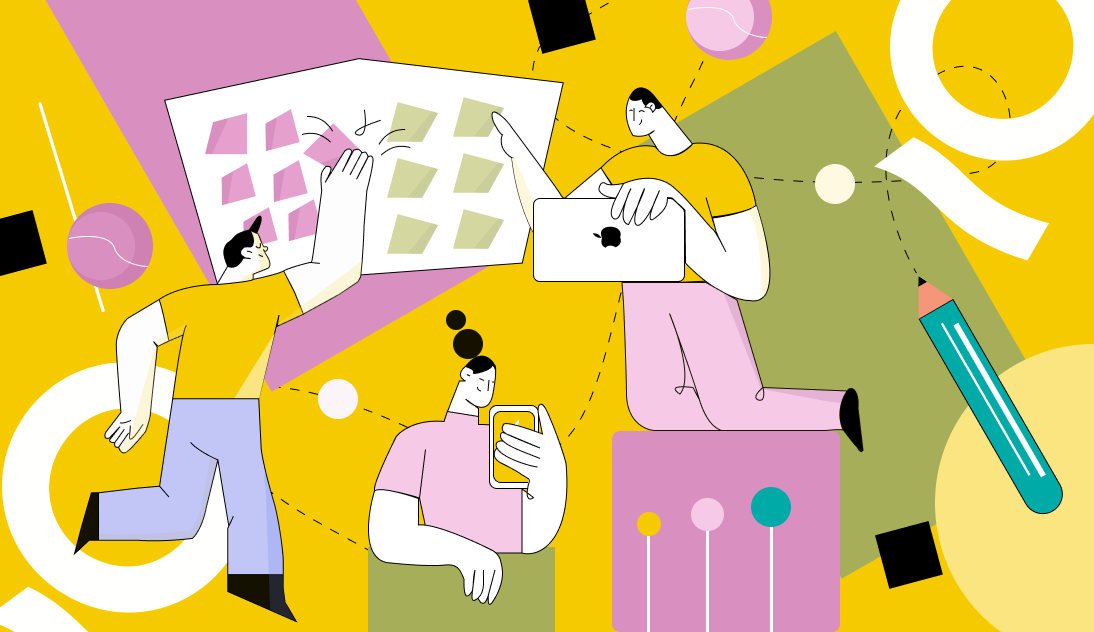
🛠️
Product Management

🛠️
Product Management

🛠️
Product Management

🛠️
Product Management

🛠️
Product Management

🛠️
Product Management

Yaryna
Article
Product design process: 10 steps
Product design, blending aesthetics, functionality, and quality, is a complex, multidisciplinary process emphasizing user-centric solutions and efficient production, involving extensive steps from brainstorming to quality assurance, tailored to market needs and user preferences.
Product design, blending aesthetics, functionality, and quality, is a complex, multidisciplinary process emphasizing user-centric solutions and efficient production, involving extensive steps from brainstorming to quality assurance, tailored to market needs and user preferences.
Product design, blending aesthetics, functionality, and quality, is a complex, multidisciplinary process emphasizing user-centric solutions and efficient production, involving extensive steps from brainstorming to quality assurance, tailored to market needs and user preferences.
Product design, blending aesthetics, functionality, and quality, is a complex, multidisciplinary process emphasizing user-centric solutions and efficient production, involving extensive steps from brainstorming to quality assurance, tailored to market needs and user preferences.
Product design, blending aesthetics, functionality, and quality, is a complex, multidisciplinary process emphasizing user-centric solutions and efficient production, involving extensive steps from brainstorming to quality assurance, tailored to market needs and user preferences.
Product design, blending aesthetics, functionality, and quality, is a complex, multidisciplinary process emphasizing user-centric solutions and efficient production, involving extensive steps from brainstorming to quality assurance, tailored to market needs and user preferences.

🛠️
Product Management

🛠️
Product Management

🛠️
Product Management

🛠️
Product Management

🛠️
Product Management

🛠️
Product Management

Ira
Article
9 things I wish I knew before I started building a product as a solo product designer
Solo product designing demands creativity and adaptability, blending hard skills like UX research, wireframing, and high-fidelity prototyping with soft skills such as asking questions, understanding your domain, and sharing knowledge, all guided by resourcefulness and continuous learning.
Solo product designing demands creativity and adaptability, blending hard skills like UX research, wireframing, and high-fidelity prototyping with soft skills such as asking questions, understanding your domain, and sharing knowledge, all guided by resourcefulness and continuous learning.
Solo product designing demands creativity and adaptability, blending hard skills like UX research, wireframing, and high-fidelity prototyping with soft skills such as asking questions, understanding your domain, and sharing knowledge, all guided by resourcefulness and continuous learning.
Solo product designing demands creativity and adaptability, blending hard skills like UX research, wireframing, and high-fidelity prototyping with soft skills such as asking questions, understanding your domain, and sharing knowledge, all guided by resourcefulness and continuous learning.
Solo product designing demands creativity and adaptability, blending hard skills like UX research, wireframing, and high-fidelity prototyping with soft skills such as asking questions, understanding your domain, and sharing knowledge, all guided by resourcefulness and continuous learning.
Solo product designing demands creativity and adaptability, blending hard skills like UX research, wireframing, and high-fidelity prototyping with soft skills such as asking questions, understanding your domain, and sharing knowledge, all guided by resourcefulness and continuous learning.
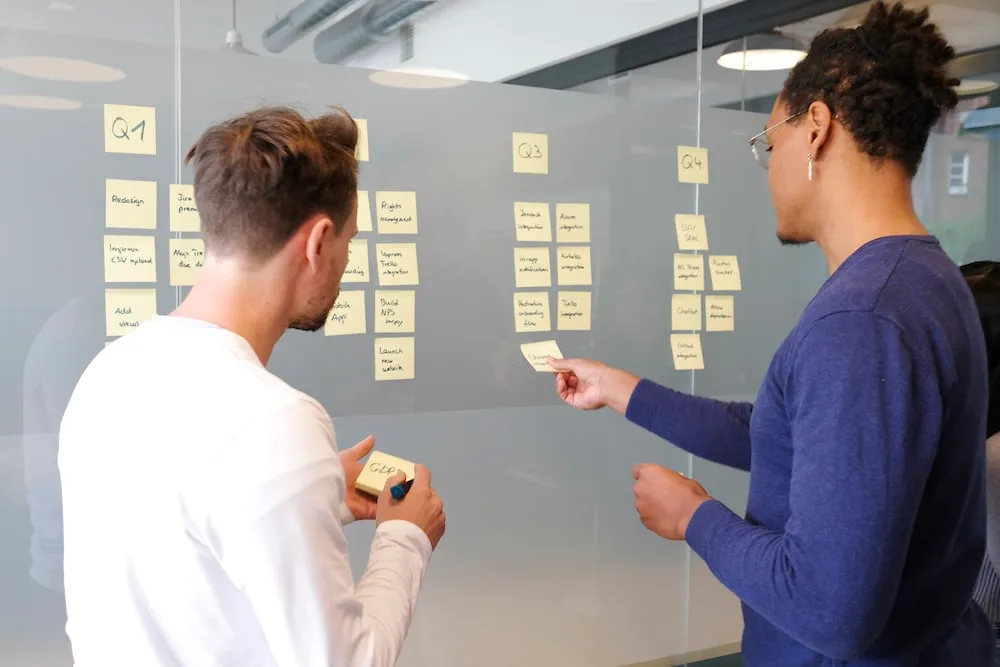
🛠️
Product Management

🛠️
Product Management

🛠️
Product Management

🛠️
Product Management

🛠️
Product Management

🛠️
Product Management

İlayda Yağmur Derviş
Article
From Conception to Reality: Navigating the Product Development Stages
Empowering Ideas, Crafting Innovation: Navigating the product development process is key to market success, focusing on customer-centric, adaptable strategies and fostering effective, fun, and collaborative teamwork.
Empowering Ideas, Crafting Innovation: Navigating the product development process is key to market success, focusing on customer-centric, adaptable strategies and fostering effective, fun, and collaborative teamwork.
Empowering Ideas, Crafting Innovation: Navigating the product development process is key to market success, focusing on customer-centric, adaptable strategies and fostering effective, fun, and collaborative teamwork.
Empowering Ideas, Crafting Innovation: Navigating the product development process is key to market success, focusing on customer-centric, adaptable strategies and fostering effective, fun, and collaborative teamwork.
Empowering Ideas, Crafting Innovation: Navigating the product development process is key to market success, focusing on customer-centric, adaptable strategies and fostering effective, fun, and collaborative teamwork.
Empowering Ideas, Crafting Innovation: Navigating the product development process is key to market success, focusing on customer-centric, adaptable strategies and fostering effective, fun, and collaborative teamwork.
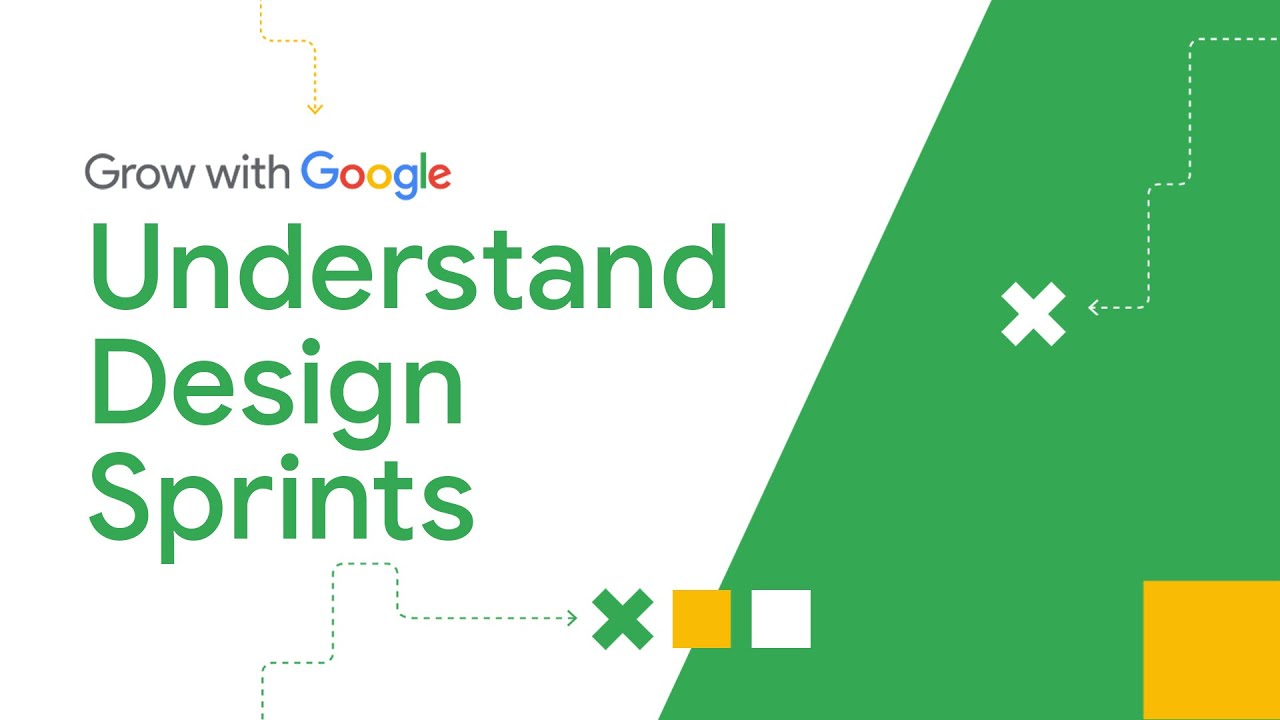
🛠️
Product Management

🛠️
Product Management

🛠️
Product Management

🛠️
Product Management

🛠️
Product Management

🛠️
Product Management

Google Career Certificates
Video
What is a Design Sprint? | Google UX Design Certificate
A design sprint is a five-phase, time-bound process aimed at solving critical design challenges by designing, prototyping, and testing ideas with users, popular for its efficiency and user-centered approach.
A design sprint is a five-phase, time-bound process aimed at solving critical design challenges by designing, prototyping, and testing ideas with users, popular for its efficiency and user-centered approach.
A design sprint is a five-phase, time-bound process aimed at solving critical design challenges by designing, prototyping, and testing ideas with users, popular for its efficiency and user-centered approach.
A design sprint is a five-phase, time-bound process aimed at solving critical design challenges by designing, prototyping, and testing ideas with users, popular for its efficiency and user-centered approach.
A design sprint is a five-phase, time-bound process aimed at solving critical design challenges by designing, prototyping, and testing ideas with users, popular for its efficiency and user-centered approach.
A design sprint is a five-phase, time-bound process aimed at solving critical design challenges by designing, prototyping, and testing ideas with users, popular for its efficiency and user-centered approach.

🛠️
Product Management

🛠️
Product Management

🛠️
Product Management

🛠️
Product Management

🛠️
Product Management

🛠️
Product Management
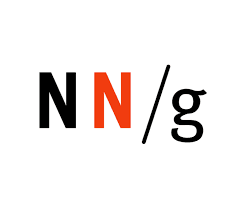
NNgroup
Video
Solo UX: How to Be a One Person UX Team (ft. Garrett Goldfield)
The podcast features Garrett Goldfield, a seasoned UX specialist, discussing the dynamics and strategies for thriving as a solo UX practitioner. Goldfield emphasizes building strong organizational relationships, being proactive with resources, and continuously showcasing the value and return on investment of UX work to ensure visibility and growth within the organization.
The podcast features Garrett Goldfield, a seasoned UX specialist, discussing the dynamics and strategies for thriving as a solo UX practitioner. Goldfield emphasizes building strong organizational relationships, being proactive with resources, and continuously showcasing the value and return on investment of UX work to ensure visibility and growth within the organization.
The podcast features Garrett Goldfield, a seasoned UX specialist, discussing the dynamics and strategies for thriving as a solo UX practitioner. Goldfield emphasizes building strong organizational relationships, being proactive with resources, and continuously showcasing the value and return on investment of UX work to ensure visibility and growth within the organization.
The podcast features Garrett Goldfield, a seasoned UX specialist, discussing the dynamics and strategies for thriving as a solo UX practitioner. Goldfield emphasizes building strong organizational relationships, being proactive with resources, and continuously showcasing the value and return on investment of UX work to ensure visibility and growth within the organization.
The podcast features Garrett Goldfield, a seasoned UX specialist, discussing the dynamics and strategies for thriving as a solo UX practitioner. Goldfield emphasizes building strong organizational relationships, being proactive with resources, and continuously showcasing the value and return on investment of UX work to ensure visibility and growth within the organization.
The podcast features Garrett Goldfield, a seasoned UX specialist, discussing the dynamics and strategies for thriving as a solo UX practitioner. Goldfield emphasizes building strong organizational relationships, being proactive with resources, and continuously showcasing the value and return on investment of UX work to ensure visibility and growth within the organization.

🛠️
Product Management

🛠️
Product Management

🛠️
Product Management

🛠️
Product Management

🛠️
Product Management

🛠️
Product Management
Interaction Design Foundation
Article
Design Sprints
Design sprints are an intense, five-day process where teams collaborate on design challenges, rapidly progressing from problem definition to user-tested solutions.
Design sprints are an intense, five-day process where teams collaborate on design challenges, rapidly progressing from problem definition to user-tested solutions.
Design sprints are an intense, five-day process where teams collaborate on design challenges, rapidly progressing from problem definition to user-tested solutions.
Design sprints are an intense, five-day process where teams collaborate on design challenges, rapidly progressing from problem definition to user-tested solutions.
Design sprints are an intense, five-day process where teams collaborate on design challenges, rapidly progressing from problem definition to user-tested solutions.
Design sprints are an intense, five-day process where teams collaborate on design challenges, rapidly progressing from problem definition to user-tested solutions.

🛠️
Product Management

🛠️
Product Management

🛠️
Product Management

🛠️
Product Management

🛠️
Product Management

🛠️
Product Management

AltexSoft Lab
Article
Product Management: Main Stages and Product Manager Role
Product management orchestrates the journey of a product from concept to market, merging business, development, marketing, and sales, aiming to meet customer needs effectively and ensuring the product's success through strategic planning, team coordination, and continuous improvement.
Product management orchestrates the journey of a product from concept to market, merging business, development, marketing, and sales, aiming to meet customer needs effectively and ensuring the product's success through strategic planning, team coordination, and continuous improvement.
Product management orchestrates the journey of a product from concept to market, merging business, development, marketing, and sales, aiming to meet customer needs effectively and ensuring the product's success through strategic planning, team coordination, and continuous improvement.
Product management orchestrates the journey of a product from concept to market, merging business, development, marketing, and sales, aiming to meet customer needs effectively and ensuring the product's success through strategic planning, team coordination, and continuous improvement.
Product management orchestrates the journey of a product from concept to market, merging business, development, marketing, and sales, aiming to meet customer needs effectively and ensuring the product's success through strategic planning, team coordination, and continuous improvement.
Product management orchestrates the journey of a product from concept to market, merging business, development, marketing, and sales, aiming to meet customer needs effectively and ensuring the product's success through strategic planning, team coordination, and continuous improvement.

🛠️
Product Management

🛠️
Product Management

🛠️
Product Management

🛠️
Product Management

🛠️
Product Management

🛠️
Product Management

HowDo
Article
Product Management
This masterclass on HowDo guides you through the essentials of product management, emphasizing digital products and focusing on the entire product lifecycle from ideation to market fit, and includes case studies from leading tech companies like Amazon and Google.
This masterclass on HowDo guides you through the essentials of product management, emphasizing digital products and focusing on the entire product lifecycle from ideation to market fit, and includes case studies from leading tech companies like Amazon and Google.
This masterclass on HowDo guides you through the essentials of product management, emphasizing digital products and focusing on the entire product lifecycle from ideation to market fit, and includes case studies from leading tech companies like Amazon and Google.
This masterclass on HowDo guides you through the essentials of product management, emphasizing digital products and focusing on the entire product lifecycle from ideation to market fit, and includes case studies from leading tech companies like Amazon and Google.
This masterclass on HowDo guides you through the essentials of product management, emphasizing digital products and focusing on the entire product lifecycle from ideation to market fit, and includes case studies from leading tech companies like Amazon and Google.
This masterclass on HowDo guides you through the essentials of product management, emphasizing digital products and focusing on the entire product lifecycle from ideation to market fit, and includes case studies from leading tech companies like Amazon and Google.
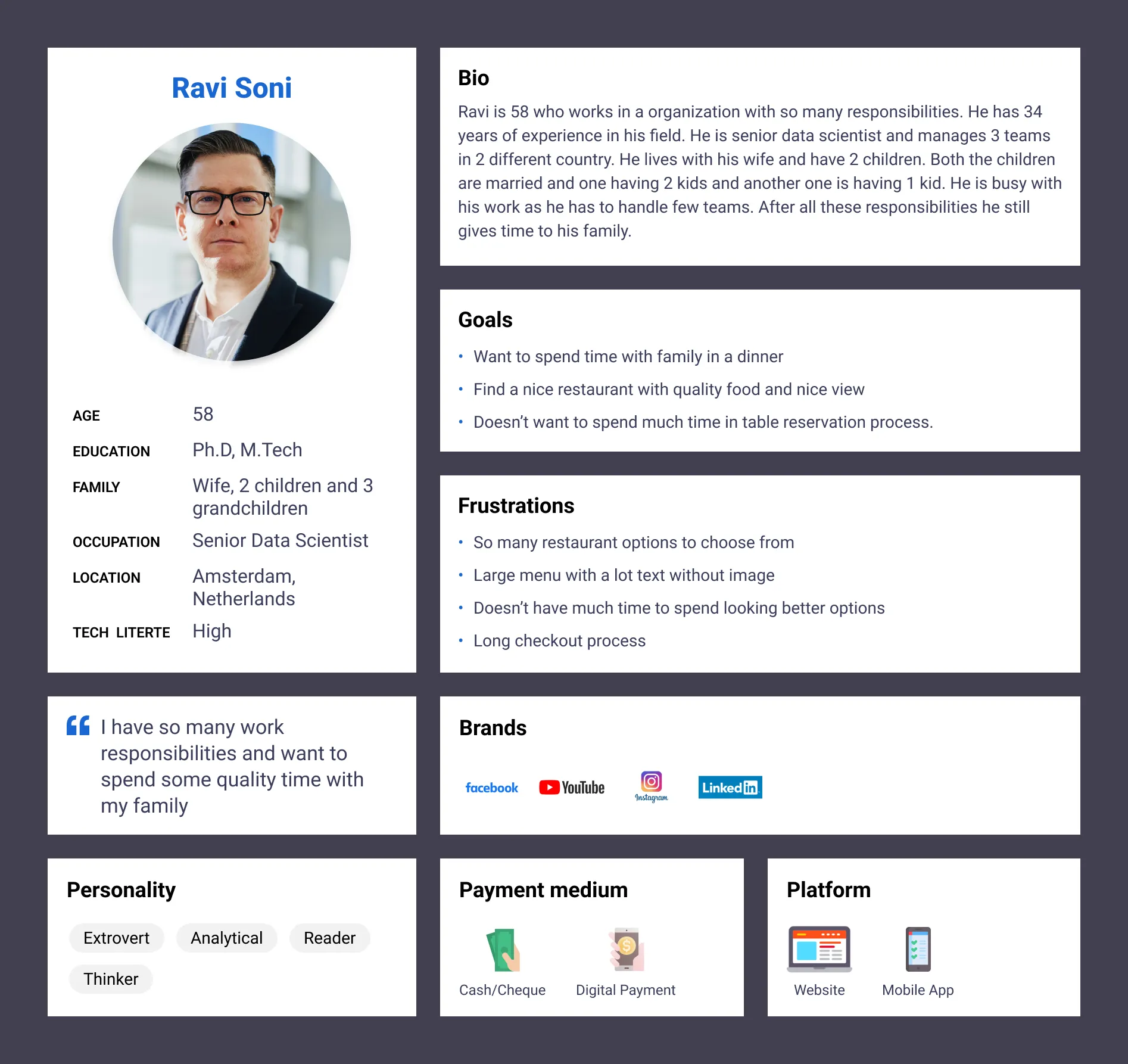
👥
Users

👥
Users

👥
Users

👥
Users

👥
Users

👥
Users

Suhail Khan
Article
Putting User Stories and User Journey Maps to Work in UX Design: What They Are and Why They’re Important
User stories and journey maps are tools in UX design to understand and empathize with users; user stories define who the user is, what they want, and why, in a concise format, while journey maps visualize the user's experiences and emotions throughout their interaction with a product, revealing pain points and opportunities for design improvement.
User stories and journey maps are tools in UX design to understand and empathize with users; user stories define who the user is, what they want, and why, in a concise format, while journey maps visualize the user's experiences and emotions throughout their interaction with a product, revealing pain points and opportunities for design improvement.
User stories and journey maps are tools in UX design to understand and empathize with users; user stories define who the user is, what they want, and why, in a concise format, while journey maps visualize the user's experiences and emotions throughout their interaction with a product, revealing pain points and opportunities for design improvement.
User stories and journey maps are tools in UX design to understand and empathize with users; user stories define who the user is, what they want, and why, in a concise format, while journey maps visualize the user's experiences and emotions throughout their interaction with a product, revealing pain points and opportunities for design improvement.
User stories and journey maps are tools in UX design to understand and empathize with users; user stories define who the user is, what they want, and why, in a concise format, while journey maps visualize the user's experiences and emotions throughout their interaction with a product, revealing pain points and opportunities for design improvement.
User stories and journey maps are tools in UX design to understand and empathize with users; user stories define who the user is, what they want, and why, in a concise format, while journey maps visualize the user's experiences and emotions throughout their interaction with a product, revealing pain points and opportunities for design improvement.

👥
Users

👥
Users

👥
Users

👥
Users

👥
Users

👥
Users

Beyond The Arc
Article
Personas and Journey Maps: Strategic tools for improving customer experience
Creating customer personas and journey maps are strategic tools that help businesses understand their customers better, leading to improved and personalized customer experiences.
Creating customer personas and journey maps are strategic tools that help businesses understand their customers better, leading to improved and personalized customer experiences.
Creating customer personas and journey maps are strategic tools that help businesses understand their customers better, leading to improved and personalized customer experiences.
Creating customer personas and journey maps are strategic tools that help businesses understand their customers better, leading to improved and personalized customer experiences.
Creating customer personas and journey maps are strategic tools that help businesses understand their customers better, leading to improved and personalized customer experiences.
Creating customer personas and journey maps are strategic tools that help businesses understand their customers better, leading to improved and personalized customer experiences.
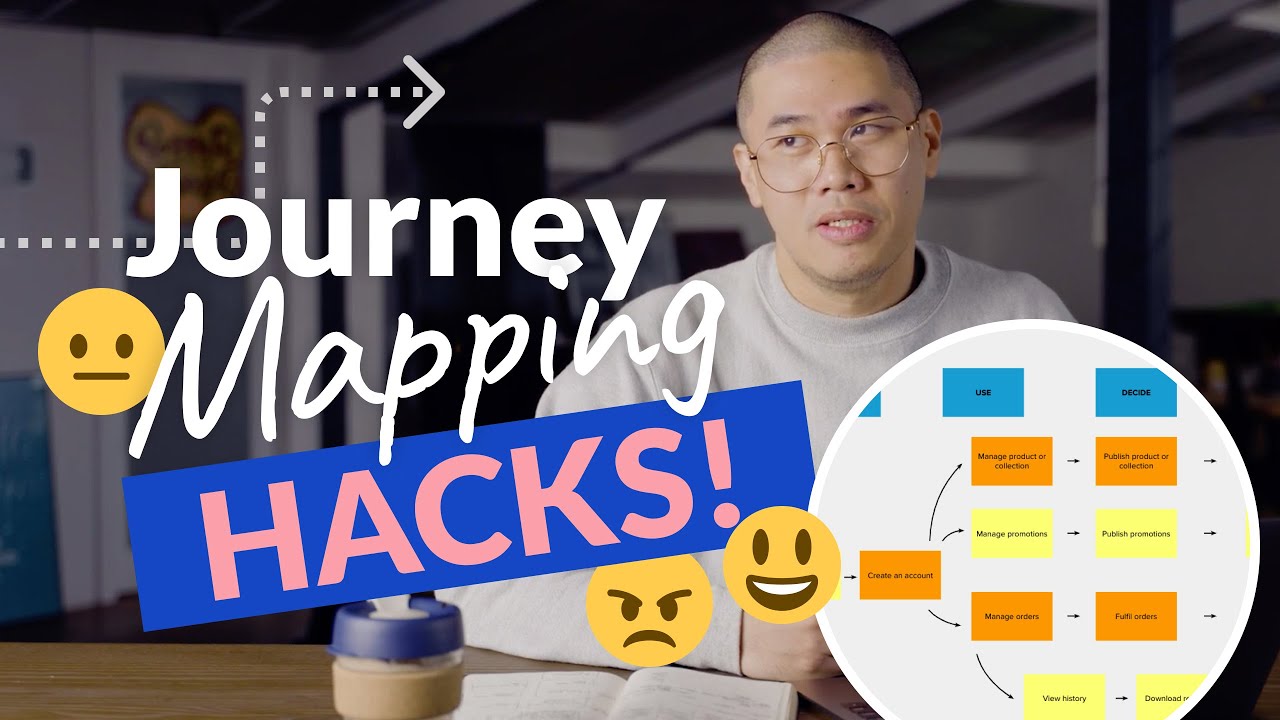
👥
Users

👥
Users

👥
Users

👥
Users

👥
Users

👥
Users

Relab Studios
Video
User Journey Mapping Hack (for complex UX journeys)
This video details a comprehensive approach to user journey mapping for complex UX journeys, focusing on expanding and detailing each step in the user's interaction with a product, from discovery to goal completion, and emphasizing the importance of understanding the user's context, device, and environment for a more tailored user experience design.
This video details a comprehensive approach to user journey mapping for complex UX journeys, focusing on expanding and detailing each step in the user's interaction with a product, from discovery to goal completion, and emphasizing the importance of understanding the user's context, device, and environment for a more tailored user experience design.
This video details a comprehensive approach to user journey mapping for complex UX journeys, focusing on expanding and detailing each step in the user's interaction with a product, from discovery to goal completion, and emphasizing the importance of understanding the user's context, device, and environment for a more tailored user experience design.
This video details a comprehensive approach to user journey mapping for complex UX journeys, focusing on expanding and detailing each step in the user's interaction with a product, from discovery to goal completion, and emphasizing the importance of understanding the user's context, device, and environment for a more tailored user experience design.
This video details a comprehensive approach to user journey mapping for complex UX journeys, focusing on expanding and detailing each step in the user's interaction with a product, from discovery to goal completion, and emphasizing the importance of understanding the user's context, device, and environment for a more tailored user experience design.
This video details a comprehensive approach to user journey mapping for complex UX journeys, focusing on expanding and detailing each step in the user's interaction with a product, from discovery to goal completion, and emphasizing the importance of understanding the user's context, device, and environment for a more tailored user experience design.

👥
Users

👥
Users

👥
Users

👥
Users

👥
Users

👥
Users

Sarah Gibbons
Article
Journey Mapping 101
Journey mapping visualizes a user's process to achieve a goal, encompassing actions, thoughts, and emotions, to uncover user needs and optimize experiences through key components like actor, scenario, phases, actions, mindsets, and opportunities.
Journey mapping visualizes a user's process to achieve a goal, encompassing actions, thoughts, and emotions, to uncover user needs and optimize experiences through key components like actor, scenario, phases, actions, mindsets, and opportunities.
Journey mapping visualizes a user's process to achieve a goal, encompassing actions, thoughts, and emotions, to uncover user needs and optimize experiences through key components like actor, scenario, phases, actions, mindsets, and opportunities.
Journey mapping visualizes a user's process to achieve a goal, encompassing actions, thoughts, and emotions, to uncover user needs and optimize experiences through key components like actor, scenario, phases, actions, mindsets, and opportunities.
Journey mapping visualizes a user's process to achieve a goal, encompassing actions, thoughts, and emotions, to uncover user needs and optimize experiences through key components like actor, scenario, phases, actions, mindsets, and opportunities.
Journey mapping visualizes a user's process to achieve a goal, encompassing actions, thoughts, and emotions, to uncover user needs and optimize experiences through key components like actor, scenario, phases, actions, mindsets, and opportunities.

👥
Users

👥
Users

👥
Users

👥
Users

👥
Users

👥
Users

UX Mastery
Video
How To Create A Customer Journey Map
This video offers a step-by-step guide on creating customer journey maps to visualize a customer's interaction with a product or brand over time, emphasizing research, empathy, and creative representation.
This video offers a step-by-step guide on creating customer journey maps to visualize a customer's interaction with a product or brand over time, emphasizing research, empathy, and creative representation.
This video offers a step-by-step guide on creating customer journey maps to visualize a customer's interaction with a product or brand over time, emphasizing research, empathy, and creative representation.
This video offers a step-by-step guide on creating customer journey maps to visualize a customer's interaction with a product or brand over time, emphasizing research, empathy, and creative representation.
This video offers a step-by-step guide on creating customer journey maps to visualize a customer's interaction with a product or brand over time, emphasizing research, empathy, and creative representation.
This video offers a step-by-step guide on creating customer journey maps to visualize a customer's interaction with a product or brand over time, emphasizing research, empathy, and creative representation.

👥
Users

👥
Users

👥
Users

👥
Users

👥
Users

👥
Users

Raven Veal
Article
How to Define a User Persona
Defining a user persona involves creating a detailed, fictional representation of your ideal customer, rooted in thorough user research, to guide and humanize the UX design process.
Defining a user persona involves creating a detailed, fictional representation of your ideal customer, rooted in thorough user research, to guide and humanize the UX design process.
Defining a user persona involves creating a detailed, fictional representation of your ideal customer, rooted in thorough user research, to guide and humanize the UX design process.
Defining a user persona involves creating a detailed, fictional representation of your ideal customer, rooted in thorough user research, to guide and humanize the UX design process.
Defining a user persona involves creating a detailed, fictional representation of your ideal customer, rooted in thorough user research, to guide and humanize the UX design process.
Defining a user persona involves creating a detailed, fictional representation of your ideal customer, rooted in thorough user research, to guide and humanize the UX design process.

👥
Users

👥
Users

👥
Users

👥
Users

👥
Users

👥
Users

Maze
Article
User Personas: Your Guide to Building Personas for UX
The article discusses the significance of creating user personas in UX, emphasizing their role in understanding customer needs and behaviors, and guiding product design decisions away from stereotypes and towards real, data-driven user profiles.
The article discusses the significance of creating user personas in UX, emphasizing their role in understanding customer needs and behaviors, and guiding product design decisions away from stereotypes and towards real, data-driven user profiles.
The article discusses the significance of creating user personas in UX, emphasizing their role in understanding customer needs and behaviors, and guiding product design decisions away from stereotypes and towards real, data-driven user profiles.
The article discusses the significance of creating user personas in UX, emphasizing their role in understanding customer needs and behaviors, and guiding product design decisions away from stereotypes and towards real, data-driven user profiles.
The article discusses the significance of creating user personas in UX, emphasizing their role in understanding customer needs and behaviors, and guiding product design decisions away from stereotypes and towards real, data-driven user profiles.
The article discusses the significance of creating user personas in UX, emphasizing their role in understanding customer needs and behaviors, and guiding product design decisions away from stereotypes and towards real, data-driven user profiles.

🧠
Design Thinking

🧠
Design Thinking

🧠
Design Thinking

🧠
Design Thinking

🧠
Design Thinking

🧠
Design Thinking

Sabine VanderLinden
Article
Why Is Human-Centered Design Important?
Human-Centered Design (HCD) emphasizes empathy and iterative learning to create impactful, user-centric products, enhancing user satisfaction and business success through collaborative, inclusive approaches across various fields.
Human-Centered Design (HCD) emphasizes empathy and iterative learning to create impactful, user-centric products, enhancing user satisfaction and business success through collaborative, inclusive approaches across various fields.
Human-Centered Design (HCD) emphasizes empathy and iterative learning to create impactful, user-centric products, enhancing user satisfaction and business success through collaborative, inclusive approaches across various fields.
Human-Centered Design (HCD) emphasizes empathy and iterative learning to create impactful, user-centric products, enhancing user satisfaction and business success through collaborative, inclusive approaches across various fields.
Human-Centered Design (HCD) emphasizes empathy and iterative learning to create impactful, user-centric products, enhancing user satisfaction and business success through collaborative, inclusive approaches across various fields.
Human-Centered Design (HCD) emphasizes empathy and iterative learning to create impactful, user-centric products, enhancing user satisfaction and business success through collaborative, inclusive approaches across various fields.

🧠
Design Thinking

🧠
Design Thinking

🧠
Design Thinking

🧠
Design Thinking

🧠
Design Thinking

🧠
Design Thinking

Interaction Design Foundation
Article
Human-Centered Design (HCD)
Human-centered design prioritizes understanding and solving core human needs through iterative prototyping, testing, and refining, ensuring products meaningfully enhance lives.
Human-centered design prioritizes understanding and solving core human needs through iterative prototyping, testing, and refining, ensuring products meaningfully enhance lives.
Human-centered design prioritizes understanding and solving core human needs through iterative prototyping, testing, and refining, ensuring products meaningfully enhance lives.
Human-centered design prioritizes understanding and solving core human needs through iterative prototyping, testing, and refining, ensuring products meaningfully enhance lives.
Human-centered design prioritizes understanding and solving core human needs through iterative prototyping, testing, and refining, ensuring products meaningfully enhance lives.
Human-centered design prioritizes understanding and solving core human needs through iterative prototyping, testing, and refining, ensuring products meaningfully enhance lives.
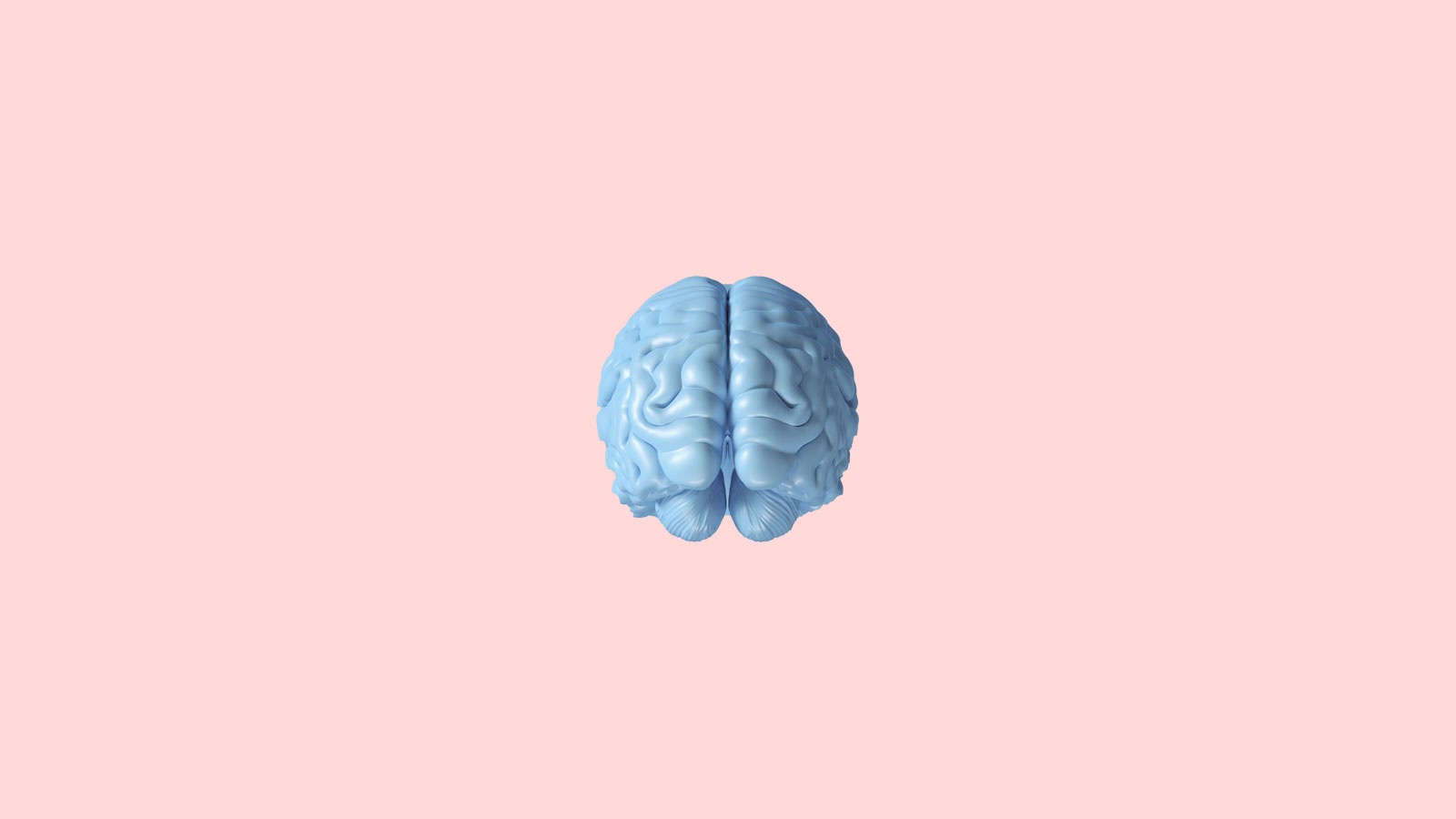
🧠
Design Thinking

🧠
Design Thinking

🧠
Design Thinking

🧠
Design Thinking

🧠
Design Thinking

🧠
Design Thinking

Flux Academy
Article
Psychology in design: 9 principles designers should know
The article outlines nine psychological principles crucial in design, including Color Psychology, Hick's Law, Gestalt Principles, and others, aiming to enhance designers' understanding and application in crafting intuitive and impactful designs.
The article outlines nine psychological principles crucial in design, including Color Psychology, Hick's Law, Gestalt Principles, and others, aiming to enhance designers' understanding and application in crafting intuitive and impactful designs.
The article outlines nine psychological principles crucial in design, including Color Psychology, Hick's Law, Gestalt Principles, and others, aiming to enhance designers' understanding and application in crafting intuitive and impactful designs.
The article outlines nine psychological principles crucial in design, including Color Psychology, Hick's Law, Gestalt Principles, and others, aiming to enhance designers' understanding and application in crafting intuitive and impactful designs.
The article outlines nine psychological principles crucial in design, including Color Psychology, Hick's Law, Gestalt Principles, and others, aiming to enhance designers' understanding and application in crafting intuitive and impactful designs.
The article outlines nine psychological principles crucial in design, including Color Psychology, Hick's Law, Gestalt Principles, and others, aiming to enhance designers' understanding and application in crafting intuitive and impactful designs.

🧠
Design Thinking

🧠
Design Thinking

🧠
Design Thinking

🧠
Design Thinking

🧠
Design Thinking

🧠
Design Thinking

Daniel Tunkelang
Article
To Build Better Search, Develop Empathy With Your Users
Empathy is crucial in software development, particularly for search engines; developers should use their product, analyze user behavior through logs, and directly engage with users to understand and cater to their needs effectively.
Empathy is crucial in software development, particularly for search engines; developers should use their product, analyze user behavior through logs, and directly engage with users to understand and cater to their needs effectively.
Empathy is crucial in software development, particularly for search engines; developers should use their product, analyze user behavior through logs, and directly engage with users to understand and cater to their needs effectively.
Empathy is crucial in software development, particularly for search engines; developers should use their product, analyze user behavior through logs, and directly engage with users to understand and cater to their needs effectively.
Empathy is crucial in software development, particularly for search engines; developers should use their product, analyze user behavior through logs, and directly engage with users to understand and cater to their needs effectively.
Empathy is crucial in software development, particularly for search engines; developers should use their product, analyze user behavior through logs, and directly engage with users to understand and cater to their needs effectively.
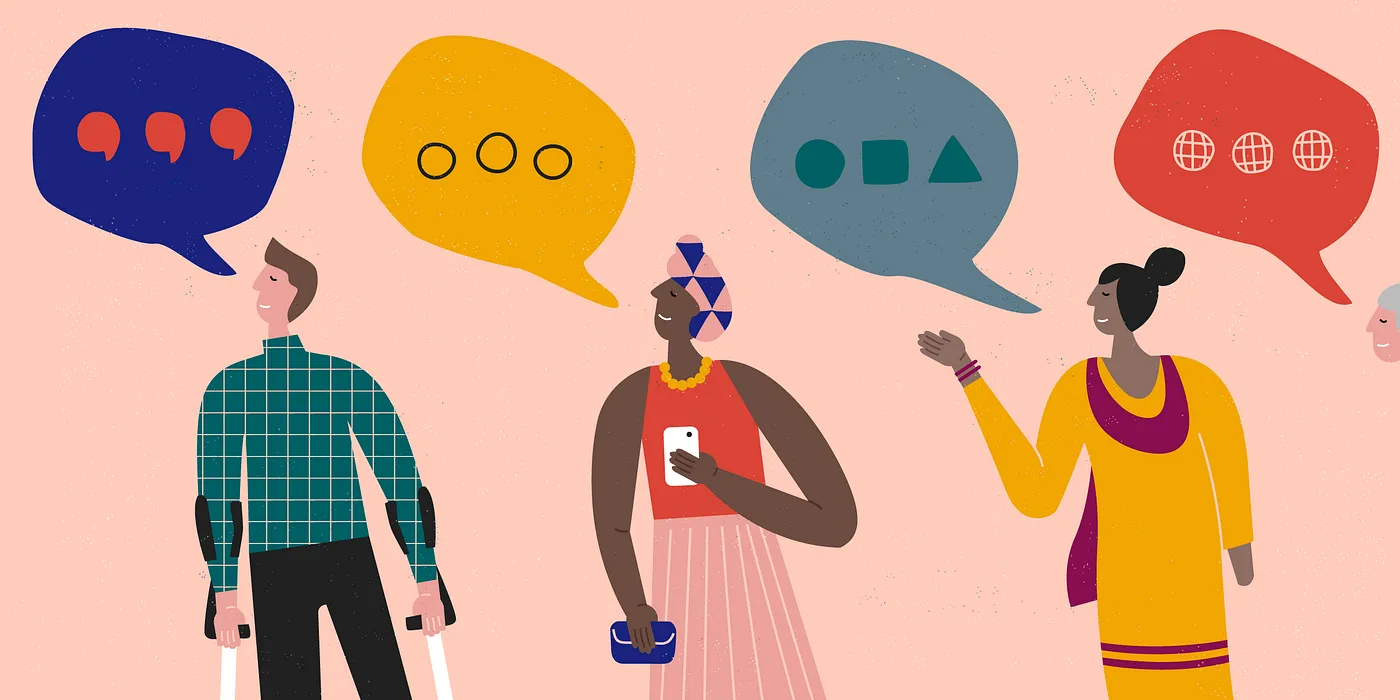
🧠
Design Thinking

🧠
Design Thinking

🧠
Design Thinking

🧠
Design Thinking

🧠
Design Thinking

🧠
Design Thinking

Daniel Simon
Article
Designing with Accessibility in Mind: The Importance of Inclusivity in User Experience
Designing with accessibility in mind is essential for inclusivity, ensuring everyone, regardless of ability, can enjoy user-centered experiences, while also benefiting businesses by widening their audience and adhering to legal standards.
Designing with accessibility in mind is essential for inclusivity, ensuring everyone, regardless of ability, can enjoy user-centered experiences, while also benefiting businesses by widening their audience and adhering to legal standards.
Designing with accessibility in mind is essential for inclusivity, ensuring everyone, regardless of ability, can enjoy user-centered experiences, while also benefiting businesses by widening their audience and adhering to legal standards.
Designing with accessibility in mind is essential for inclusivity, ensuring everyone, regardless of ability, can enjoy user-centered experiences, while also benefiting businesses by widening their audience and adhering to legal standards.
Designing with accessibility in mind is essential for inclusivity, ensuring everyone, regardless of ability, can enjoy user-centered experiences, while also benefiting businesses by widening their audience and adhering to legal standards.
Designing with accessibility in mind is essential for inclusivity, ensuring everyone, regardless of ability, can enjoy user-centered experiences, while also benefiting businesses by widening their audience and adhering to legal standards.
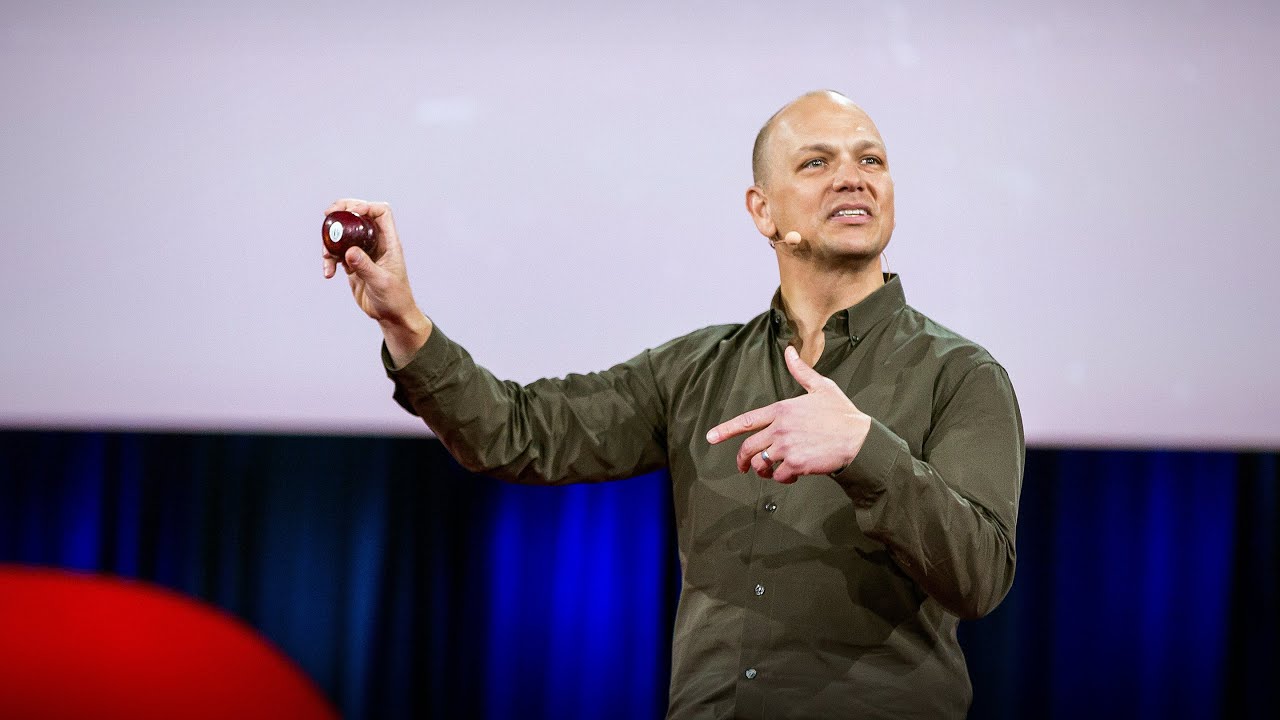
🧠
Design Thinking

🧠
Design Thinking

🧠
Design Thinking

🧠
Design Thinking

🧠
Design Thinking

🧠
Design Thinking

TED
Video
The first secret of great design | Tony Fadell
This talk emphasizes the importance of noticing and solving the seemingly minor, yet impactful problems in everyday life, drawing on examples like the frustrating fruit stickers and the development of intuitive, user-friendly products at Apple, advocating for a mindset of continuous observation, creativity, and innovation.
This talk emphasizes the importance of noticing and solving the seemingly minor, yet impactful problems in everyday life, drawing on examples like the frustrating fruit stickers and the development of intuitive, user-friendly products at Apple, advocating for a mindset of continuous observation, creativity, and innovation.
This talk emphasizes the importance of noticing and solving the seemingly minor, yet impactful problems in everyday life, drawing on examples like the frustrating fruit stickers and the development of intuitive, user-friendly products at Apple, advocating for a mindset of continuous observation, creativity, and innovation.
This talk emphasizes the importance of noticing and solving the seemingly minor, yet impactful problems in everyday life, drawing on examples like the frustrating fruit stickers and the development of intuitive, user-friendly products at Apple, advocating for a mindset of continuous observation, creativity, and innovation.
This talk emphasizes the importance of noticing and solving the seemingly minor, yet impactful problems in everyday life, drawing on examples like the frustrating fruit stickers and the development of intuitive, user-friendly products at Apple, advocating for a mindset of continuous observation, creativity, and innovation.
This talk emphasizes the importance of noticing and solving the seemingly minor, yet impactful problems in everyday life, drawing on examples like the frustrating fruit stickers and the development of intuitive, user-friendly products at Apple, advocating for a mindset of continuous observation, creativity, and innovation.

🧠
Design Thinking

🧠
Design Thinking

🧠
Design Thinking

🧠
Design Thinking

🧠
Design Thinking

🧠
Design Thinking

Tanner Kohler
Article
Psychology for UX: Study Guide
The article is a study guide consolidating resources on applying psychological principles in UX design to create intuitive and effective user interfaces.
The article is a study guide consolidating resources on applying psychological principles in UX design to create intuitive and effective user interfaces.
The article is a study guide consolidating resources on applying psychological principles in UX design to create intuitive and effective user interfaces.
The article is a study guide consolidating resources on applying psychological principles in UX design to create intuitive and effective user interfaces.
The article is a study guide consolidating resources on applying psychological principles in UX design to create intuitive and effective user interfaces.
The article is a study guide consolidating resources on applying psychological principles in UX design to create intuitive and effective user interfaces.

🧠
Design Thinking

🧠
Design Thinking

🧠
Design Thinking

🧠
Design Thinking

🧠
Design Thinking

🧠
Design Thinking

Kate Moran and Kim Salazar
Article
The Vortex: Why Users Feel Trapped in Their Devices
The article explores "the Vortex," a user-behavior pattern where individuals feel trapped in a cycle of unplanned digital interactions, leading to a sense of loss of control and contributing to digital addiction.
The article explores "the Vortex," a user-behavior pattern where individuals feel trapped in a cycle of unplanned digital interactions, leading to a sense of loss of control and contributing to digital addiction.
The article explores "the Vortex," a user-behavior pattern where individuals feel trapped in a cycle of unplanned digital interactions, leading to a sense of loss of control and contributing to digital addiction.
The article explores "the Vortex," a user-behavior pattern where individuals feel trapped in a cycle of unplanned digital interactions, leading to a sense of loss of control and contributing to digital addiction.
The article explores "the Vortex," a user-behavior pattern where individuals feel trapped in a cycle of unplanned digital interactions, leading to a sense of loss of control and contributing to digital addiction.
The article explores "the Vortex," a user-behavior pattern where individuals feel trapped in a cycle of unplanned digital interactions, leading to a sense of loss of control and contributing to digital addiction.

📊
Data

📊
Data

📊
Data

📊
Data

📊
Data

📊
Data

Kate Kaplan
Article
UX Mapping Methods: Study Guide
The article is a comprehensive study guide, offering a collection of resources on UX mapping methods, covering journey maps, service blueprints, UX roadmaps, design exploration, and research synthesis to visualize UX insights and ideas.
The article is a comprehensive study guide, offering a collection of resources on UX mapping methods, covering journey maps, service blueprints, UX roadmaps, design exploration, and research synthesis to visualize UX insights and ideas.
The article is a comprehensive study guide, offering a collection of resources on UX mapping methods, covering journey maps, service blueprints, UX roadmaps, design exploration, and research synthesis to visualize UX insights and ideas.
The article is a comprehensive study guide, offering a collection of resources on UX mapping methods, covering journey maps, service blueprints, UX roadmaps, design exploration, and research synthesis to visualize UX insights and ideas.
The article is a comprehensive study guide, offering a collection of resources on UX mapping methods, covering journey maps, service blueprints, UX roadmaps, design exploration, and research synthesis to visualize UX insights and ideas.
The article is a comprehensive study guide, offering a collection of resources on UX mapping methods, covering journey maps, service blueprints, UX roadmaps, design exploration, and research synthesis to visualize UX insights and ideas.
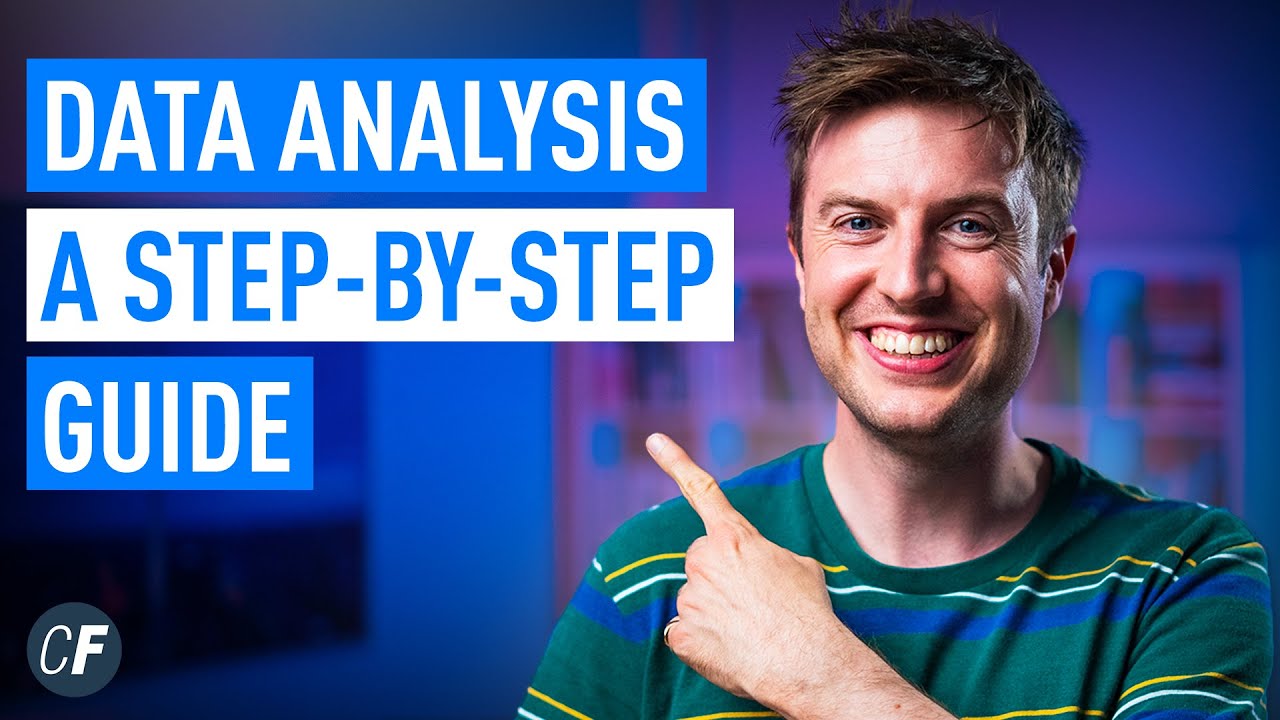
📊
Data

📊
Data

📊
Data

📊
Data

📊
Data

📊
Data

CareerFoundry
Video
A Beginners Guide To The Data Analysis Process
This video presents a step-by-step guide to the data analysis process, highlighting the five key stages: defining the objective, collecting data, cleaning data, analyzing data, and sharing results, with a focus on practical tools and strategies at each stage.
This video presents a step-by-step guide to the data analysis process, highlighting the five key stages: defining the objective, collecting data, cleaning data, analyzing data, and sharing results, with a focus on practical tools and strategies at each stage.
This video presents a step-by-step guide to the data analysis process, highlighting the five key stages: defining the objective, collecting data, cleaning data, analyzing data, and sharing results, with a focus on practical tools and strategies at each stage.
This video presents a step-by-step guide to the data analysis process, highlighting the five key stages: defining the objective, collecting data, cleaning data, analyzing data, and sharing results, with a focus on practical tools and strategies at each stage.
This video presents a step-by-step guide to the data analysis process, highlighting the five key stages: defining the objective, collecting data, cleaning data, analyzing data, and sharing results, with a focus on practical tools and strategies at each stage.
This video presents a step-by-step guide to the data analysis process, highlighting the five key stages: defining the objective, collecting data, cleaning data, analyzing data, and sharing results, with a focus on practical tools and strategies at each stage.
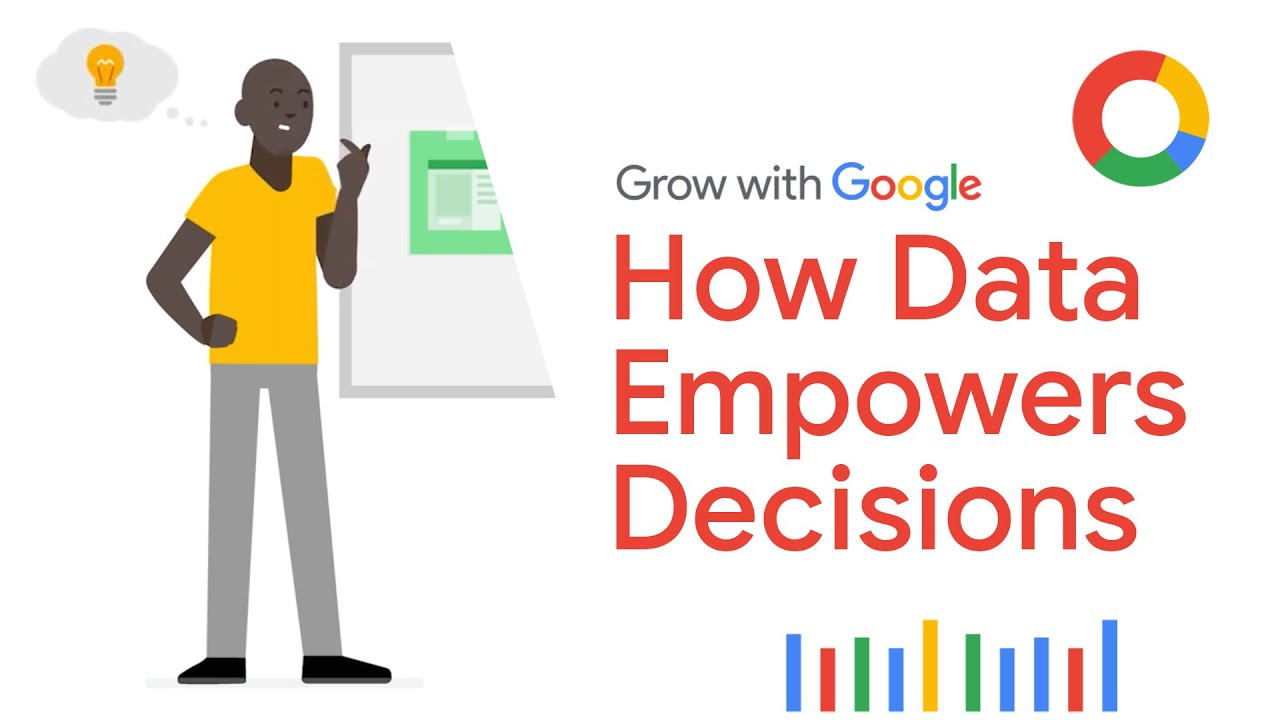
📊
Data

📊
Data

📊
Data

📊
Data

📊
Data

📊
Data

Google Career Certificates
Video
Making Data-driven Decisions in Business | Google Data Analytics Certificate
The video discusses the importance of data-driven decision-making in businesses, illustrating how data analysis and interpretation can lead to informed decisions and improved business strategies.
The video discusses the importance of data-driven decision-making in businesses, illustrating how data analysis and interpretation can lead to informed decisions and improved business strategies.
The video discusses the importance of data-driven decision-making in businesses, illustrating how data analysis and interpretation can lead to informed decisions and improved business strategies.
The video discusses the importance of data-driven decision-making in businesses, illustrating how data analysis and interpretation can lead to informed decisions and improved business strategies.
The video discusses the importance of data-driven decision-making in businesses, illustrating how data analysis and interpretation can lead to informed decisions and improved business strategies.
The video discusses the importance of data-driven decision-making in businesses, illustrating how data analysis and interpretation can lead to informed decisions and improved business strategies.
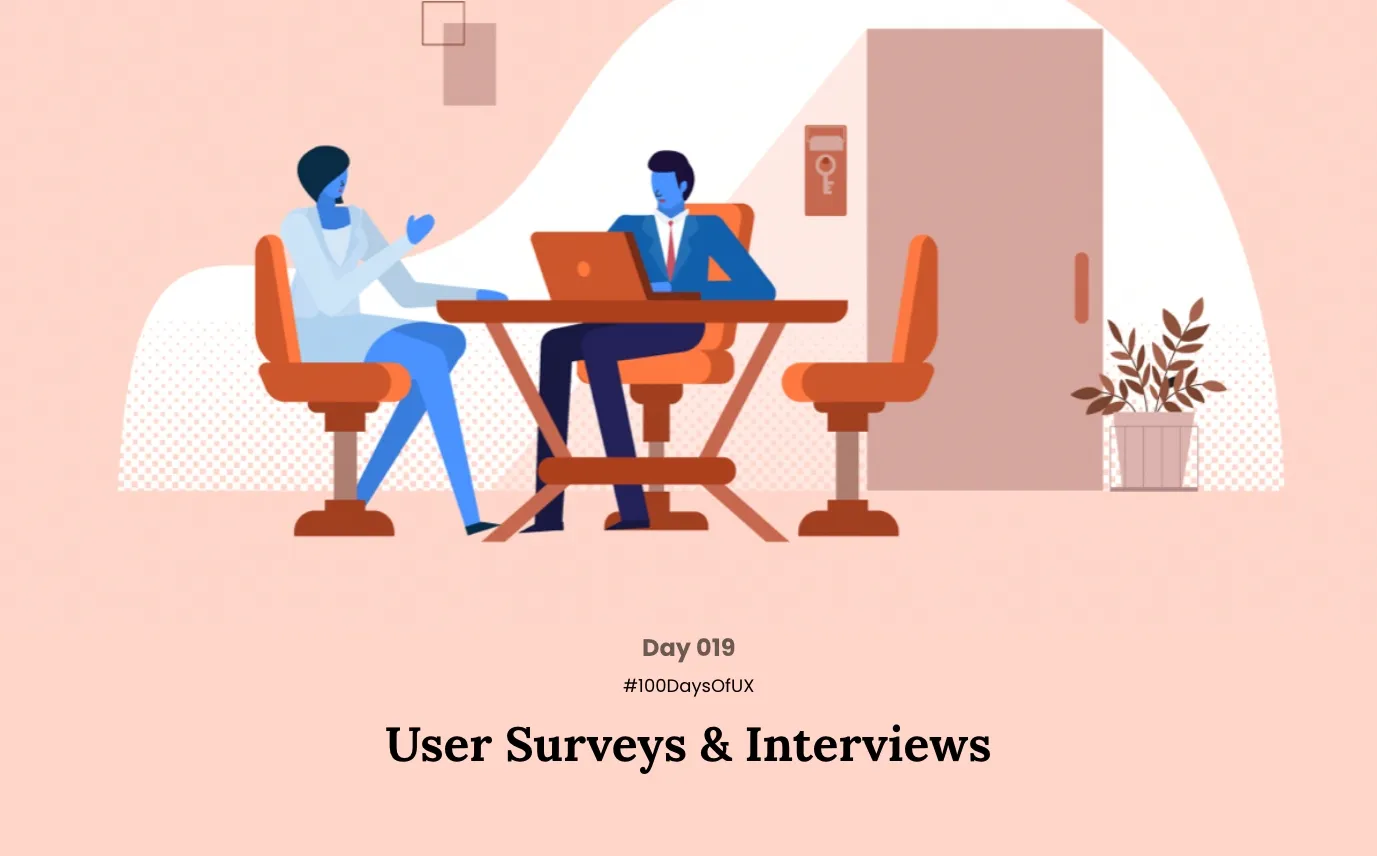
📊
Data

📊
Data

📊
Data

📊
Data

📊
Data

📊
Data

Ayushi Verma
Article
How to conduct effective user surveys and interviews
Efficient user surveys and interviews are integral to UX research, revealing user attitudes and preferences, and they require clear goals, rapport building, well-crafted open questions, and empathetic engagement to effectively uncover insights.
Efficient user surveys and interviews are integral to UX research, revealing user attitudes and preferences, and they require clear goals, rapport building, well-crafted open questions, and empathetic engagement to effectively uncover insights.
Efficient user surveys and interviews are integral to UX research, revealing user attitudes and preferences, and they require clear goals, rapport building, well-crafted open questions, and empathetic engagement to effectively uncover insights.
Efficient user surveys and interviews are integral to UX research, revealing user attitudes and preferences, and they require clear goals, rapport building, well-crafted open questions, and empathetic engagement to effectively uncover insights.
Efficient user surveys and interviews are integral to UX research, revealing user attitudes and preferences, and they require clear goals, rapport building, well-crafted open questions, and empathetic engagement to effectively uncover insights.
Efficient user surveys and interviews are integral to UX research, revealing user attitudes and preferences, and they require clear goals, rapport building, well-crafted open questions, and empathetic engagement to effectively uncover insights.
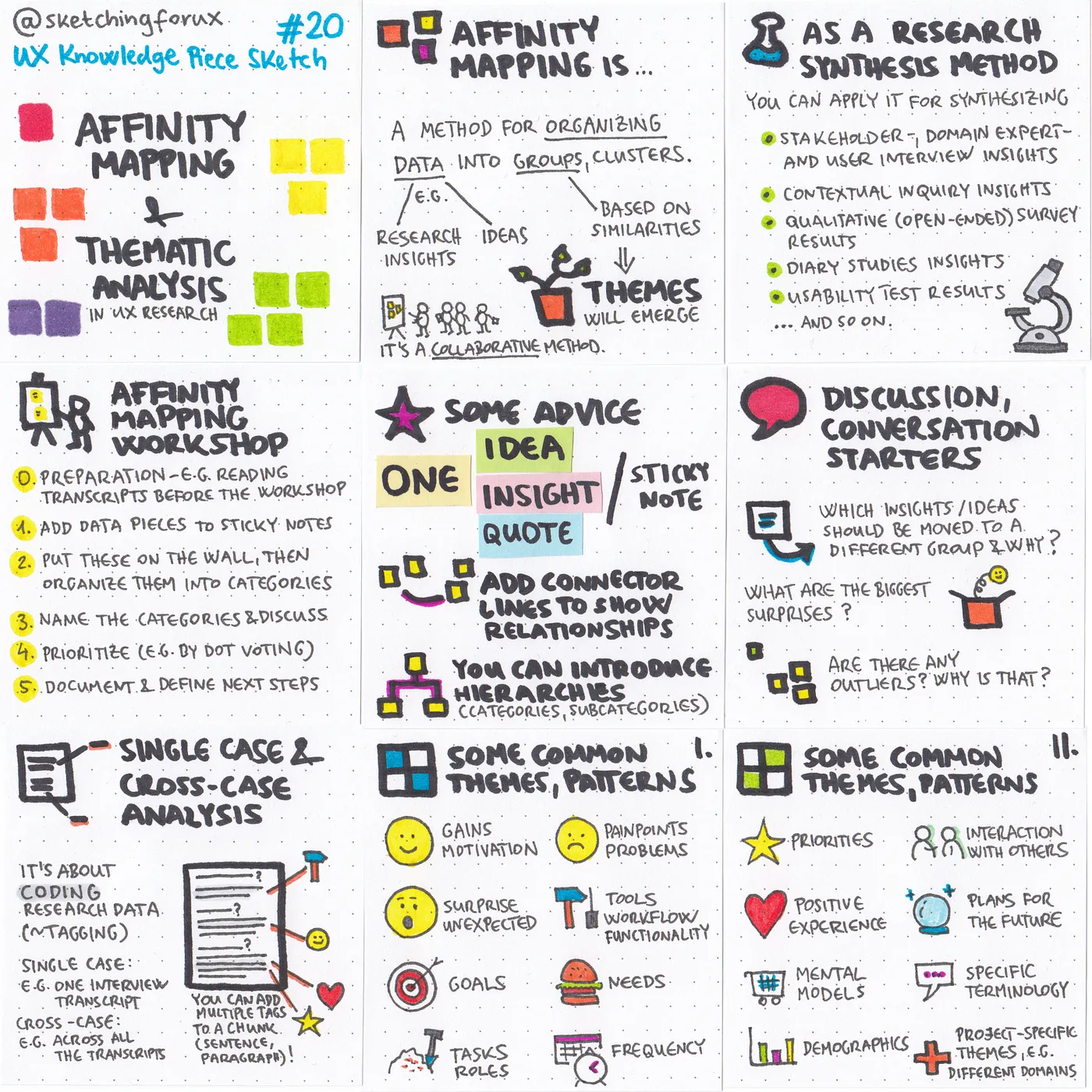
📊
Data

📊
Data

📊
Data

📊
Data

📊
Data

📊
Data

Krisztina Szerovay
Article
Affinity Mapping & Thematic Analysis in UX Research — UX Knowledge Piece Sketch #20
Affinity mapping organizes data into clusters, enhancing collaborative workshops, while thematic analysis tags insights to uncover patterns, aiding in synthesizing research and supporting brainstorming activities.
Affinity mapping organizes data into clusters, enhancing collaborative workshops, while thematic analysis tags insights to uncover patterns, aiding in synthesizing research and supporting brainstorming activities.
Affinity mapping organizes data into clusters, enhancing collaborative workshops, while thematic analysis tags insights to uncover patterns, aiding in synthesizing research and supporting brainstorming activities.
Affinity mapping organizes data into clusters, enhancing collaborative workshops, while thematic analysis tags insights to uncover patterns, aiding in synthesizing research and supporting brainstorming activities.
Affinity mapping organizes data into clusters, enhancing collaborative workshops, while thematic analysis tags insights to uncover patterns, aiding in synthesizing research and supporting brainstorming activities.
Affinity mapping organizes data into clusters, enhancing collaborative workshops, while thematic analysis tags insights to uncover patterns, aiding in synthesizing research and supporting brainstorming activities.

💻
Technology

💻
Technology

💻
Technology

💻
Technology

💻
Technology

💻
Technology

Agnel Blaise
Article
Augmented Reality and User Experience
The article explores the evolution of Augmented Reality (AR) and Mixed Reality (MR), detailing the challenges and advancements in design and programming to make these technologies more accessible and immersive, reflecting on the journey from cinematic imagination to real-world application.
The article explores the evolution of Augmented Reality (AR) and Mixed Reality (MR), detailing the challenges and advancements in design and programming to make these technologies more accessible and immersive, reflecting on the journey from cinematic imagination to real-world application.
The article explores the evolution of Augmented Reality (AR) and Mixed Reality (MR), detailing the challenges and advancements in design and programming to make these technologies more accessible and immersive, reflecting on the journey from cinematic imagination to real-world application.
The article explores the evolution of Augmented Reality (AR) and Mixed Reality (MR), detailing the challenges and advancements in design and programming to make these technologies more accessible and immersive, reflecting on the journey from cinematic imagination to real-world application.
The article explores the evolution of Augmented Reality (AR) and Mixed Reality (MR), detailing the challenges and advancements in design and programming to make these technologies more accessible and immersive, reflecting on the journey from cinematic imagination to real-world application.
The article explores the evolution of Augmented Reality (AR) and Mixed Reality (MR), detailing the challenges and advancements in design and programming to make these technologies more accessible and immersive, reflecting on the journey from cinematic imagination to real-world application.
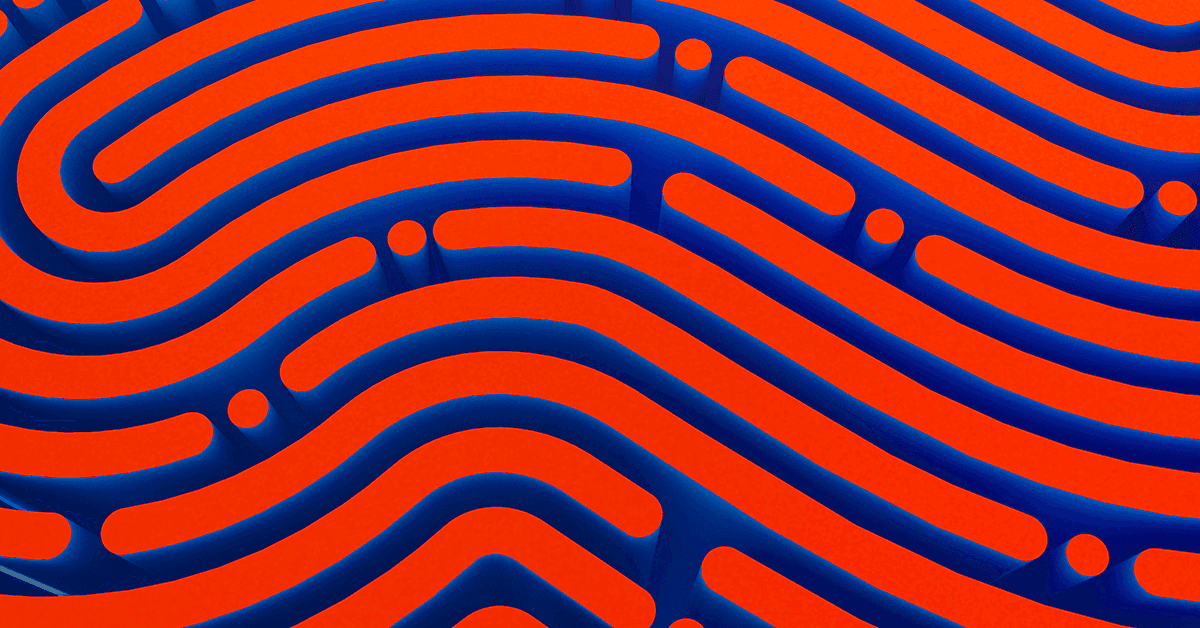
💻
Technology

💻
Technology

💻
Technology

💻
Technology

💻
Technology

💻
Technology

Jack O’Donoghue
Article
41 Ways To Leverage Chat GPT In UX Design
The article outlines 41 innovative ways to integrate ChatGPT into UX design processes, emphasizing its potential to enhance creativity, strategy, and productivity in various aspects like ideation, user research, and prototyping.
The article outlines 41 innovative ways to integrate ChatGPT into UX design processes, emphasizing its potential to enhance creativity, strategy, and productivity in various aspects like ideation, user research, and prototyping.
The article outlines 41 innovative ways to integrate ChatGPT into UX design processes, emphasizing its potential to enhance creativity, strategy, and productivity in various aspects like ideation, user research, and prototyping.
The article outlines 41 innovative ways to integrate ChatGPT into UX design processes, emphasizing its potential to enhance creativity, strategy, and productivity in various aspects like ideation, user research, and prototyping.
The article outlines 41 innovative ways to integrate ChatGPT into UX design processes, emphasizing its potential to enhance creativity, strategy, and productivity in various aspects like ideation, user research, and prototyping.
The article outlines 41 innovative ways to integrate ChatGPT into UX design processes, emphasizing its potential to enhance creativity, strategy, and productivity in various aspects like ideation, user research, and prototyping.
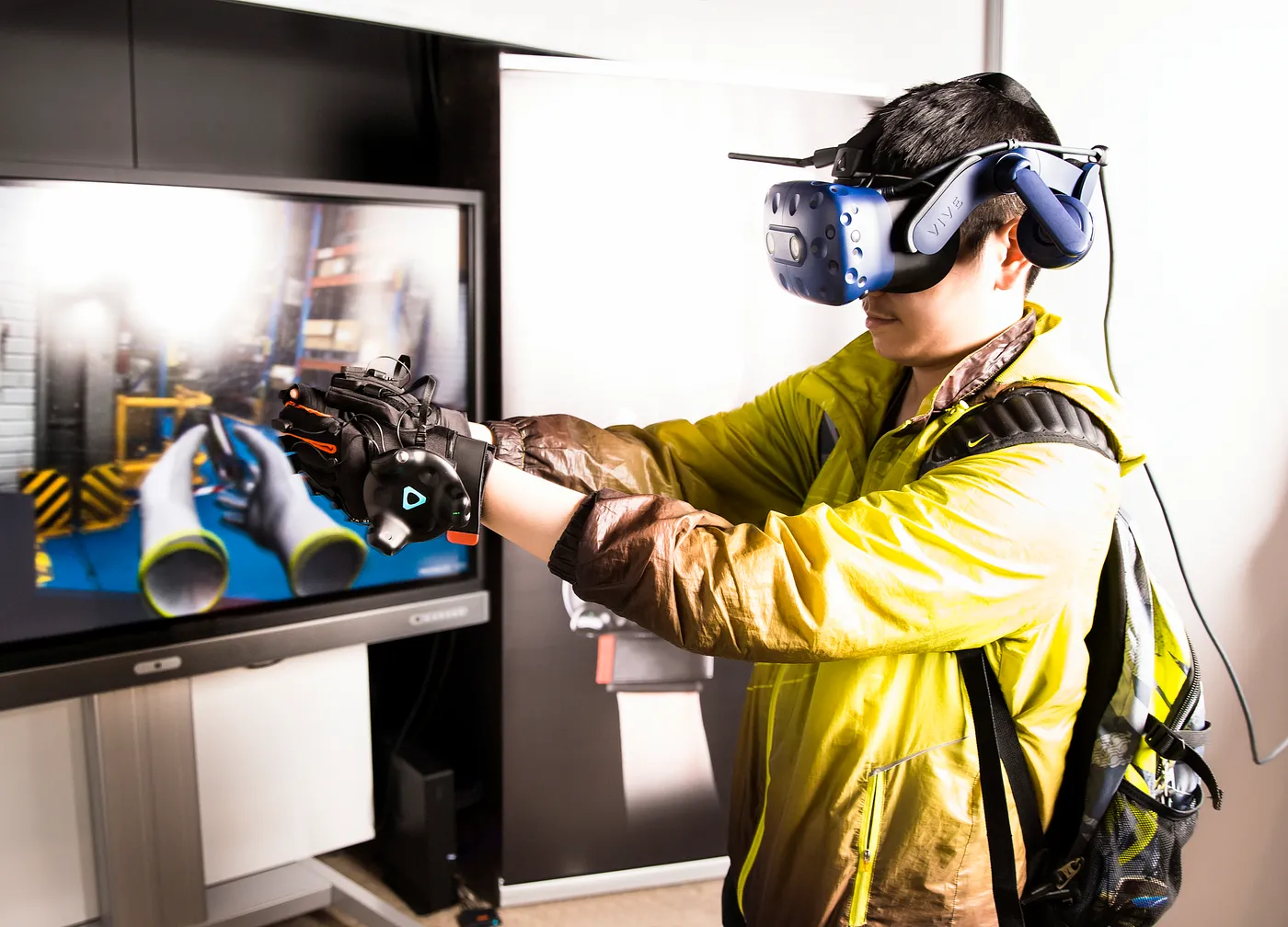
💻
Technology

💻
Technology

💻
Technology

💻
Technology

💻
Technology

💻
Technology

Klatchdesignlabs
Article
The Role of Virtual and Augmented Reality in Product Design
VR/AR is reshaping product design by enabling immersive design visualization, streamlining collaboration, offering interactive customer experiences, and cutting down on prototyping time and costs, as shown by practical applications in companies like Ford, Steelcase, Lowe’s, and Boeing.
VR/AR is reshaping product design by enabling immersive design visualization, streamlining collaboration, offering interactive customer experiences, and cutting down on prototyping time and costs, as shown by practical applications in companies like Ford, Steelcase, Lowe’s, and Boeing.
VR/AR is reshaping product design by enabling immersive design visualization, streamlining collaboration, offering interactive customer experiences, and cutting down on prototyping time and costs, as shown by practical applications in companies like Ford, Steelcase, Lowe’s, and Boeing.
VR/AR is reshaping product design by enabling immersive design visualization, streamlining collaboration, offering interactive customer experiences, and cutting down on prototyping time and costs, as shown by practical applications in companies like Ford, Steelcase, Lowe’s, and Boeing.
VR/AR is reshaping product design by enabling immersive design visualization, streamlining collaboration, offering interactive customer experiences, and cutting down on prototyping time and costs, as shown by practical applications in companies like Ford, Steelcase, Lowe’s, and Boeing.
VR/AR is reshaping product design by enabling immersive design visualization, streamlining collaboration, offering interactive customer experiences, and cutting down on prototyping time and costs, as shown by practical applications in companies like Ford, Steelcase, Lowe’s, and Boeing.

💻
Technology

💻
Technology

💻
Technology

💻
Technology

💻
Technology

💻
Technology

Saud Muzaffar
Article
Using virtual reality for UX research and prototyping
VR is transforming UX design by enabling immersive, realistic environments for user research and prototyping, with technologies ranging from full VR headsets to smartphone-based VR, enhancing user experience design with efficient, eco-friendly, and cost-effective methods.
VR is transforming UX design by enabling immersive, realistic environments for user research and prototyping, with technologies ranging from full VR headsets to smartphone-based VR, enhancing user experience design with efficient, eco-friendly, and cost-effective methods.
VR is transforming UX design by enabling immersive, realistic environments for user research and prototyping, with technologies ranging from full VR headsets to smartphone-based VR, enhancing user experience design with efficient, eco-friendly, and cost-effective methods.
VR is transforming UX design by enabling immersive, realistic environments for user research and prototyping, with technologies ranging from full VR headsets to smartphone-based VR, enhancing user experience design with efficient, eco-friendly, and cost-effective methods.
VR is transforming UX design by enabling immersive, realistic environments for user research and prototyping, with technologies ranging from full VR headsets to smartphone-based VR, enhancing user experience design with efficient, eco-friendly, and cost-effective methods.
VR is transforming UX design by enabling immersive, realistic environments for user research and prototyping, with technologies ranging from full VR headsets to smartphone-based VR, enhancing user experience design with efficient, eco-friendly, and cost-effective methods.
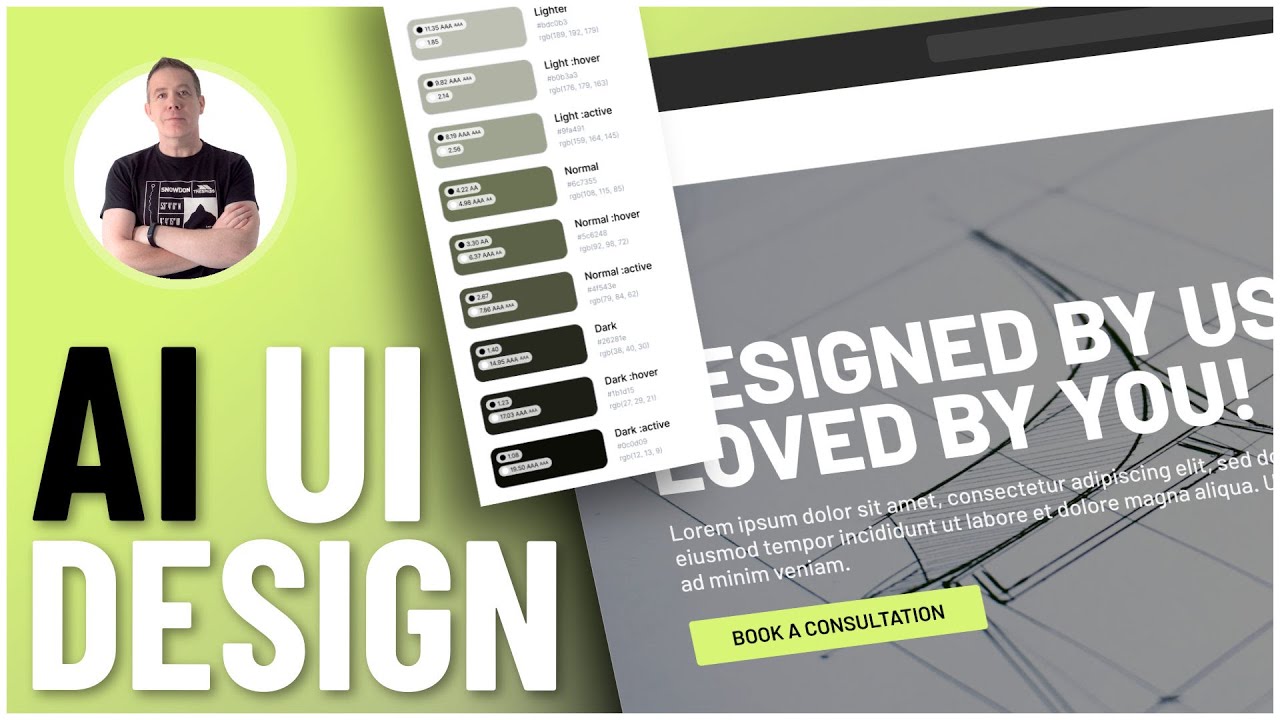
💻
Technology

💻
Technology

💻
Technology

💻
Technology

💻
Technology

💻
Technology

WPTuts
Video
How To Use ChatGPT For UI/UX Design Inspiration
The video explores using ChatGPT as a tool for UX/UI design inspiration, showcasing its utility in generating creative alternatives for elements like 'buy now' buttons, crafting copy that appeals to specific user personas like introverts, structuring landing pages, and building detailed customer avatars to guide design decisions.
The video explores using ChatGPT as a tool for UX/UI design inspiration, showcasing its utility in generating creative alternatives for elements like 'buy now' buttons, crafting copy that appeals to specific user personas like introverts, structuring landing pages, and building detailed customer avatars to guide design decisions.
The video explores using ChatGPT as a tool for UX/UI design inspiration, showcasing its utility in generating creative alternatives for elements like 'buy now' buttons, crafting copy that appeals to specific user personas like introverts, structuring landing pages, and building detailed customer avatars to guide design decisions.
The video explores using ChatGPT as a tool for UX/UI design inspiration, showcasing its utility in generating creative alternatives for elements like 'buy now' buttons, crafting copy that appeals to specific user personas like introverts, structuring landing pages, and building detailed customer avatars to guide design decisions.
The video explores using ChatGPT as a tool for UX/UI design inspiration, showcasing its utility in generating creative alternatives for elements like 'buy now' buttons, crafting copy that appeals to specific user personas like introverts, structuring landing pages, and building detailed customer avatars to guide design decisions.
The video explores using ChatGPT as a tool for UX/UI design inspiration, showcasing its utility in generating creative alternatives for elements like 'buy now' buttons, crafting copy that appeals to specific user personas like introverts, structuring landing pages, and building detailed customer avatars to guide design decisions.
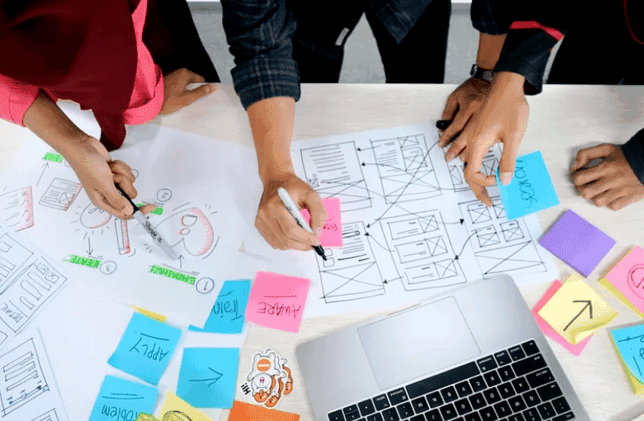
💻
Technology

💻
Technology

💻
Technology

💻
Technology

💻
Technology

💻
Technology

Ankita Gupta
Article
How To Use Chat GPT In Your Design Process?
The article describes how designers can enhance their design process using Chat GPT by providing clear, specific prompts to generate useful outputs for tasks like user research, UX/UI design, and UX writing.
The article describes how designers can enhance their design process using Chat GPT by providing clear, specific prompts to generate useful outputs for tasks like user research, UX/UI design, and UX writing.
The article describes how designers can enhance their design process using Chat GPT by providing clear, specific prompts to generate useful outputs for tasks like user research, UX/UI design, and UX writing.
The article describes how designers can enhance their design process using Chat GPT by providing clear, specific prompts to generate useful outputs for tasks like user research, UX/UI design, and UX writing.
The article describes how designers can enhance their design process using Chat GPT by providing clear, specific prompts to generate useful outputs for tasks like user research, UX/UI design, and UX writing.
The article describes how designers can enhance their design process using Chat GPT by providing clear, specific prompts to generate useful outputs for tasks like user research, UX/UI design, and UX writing.
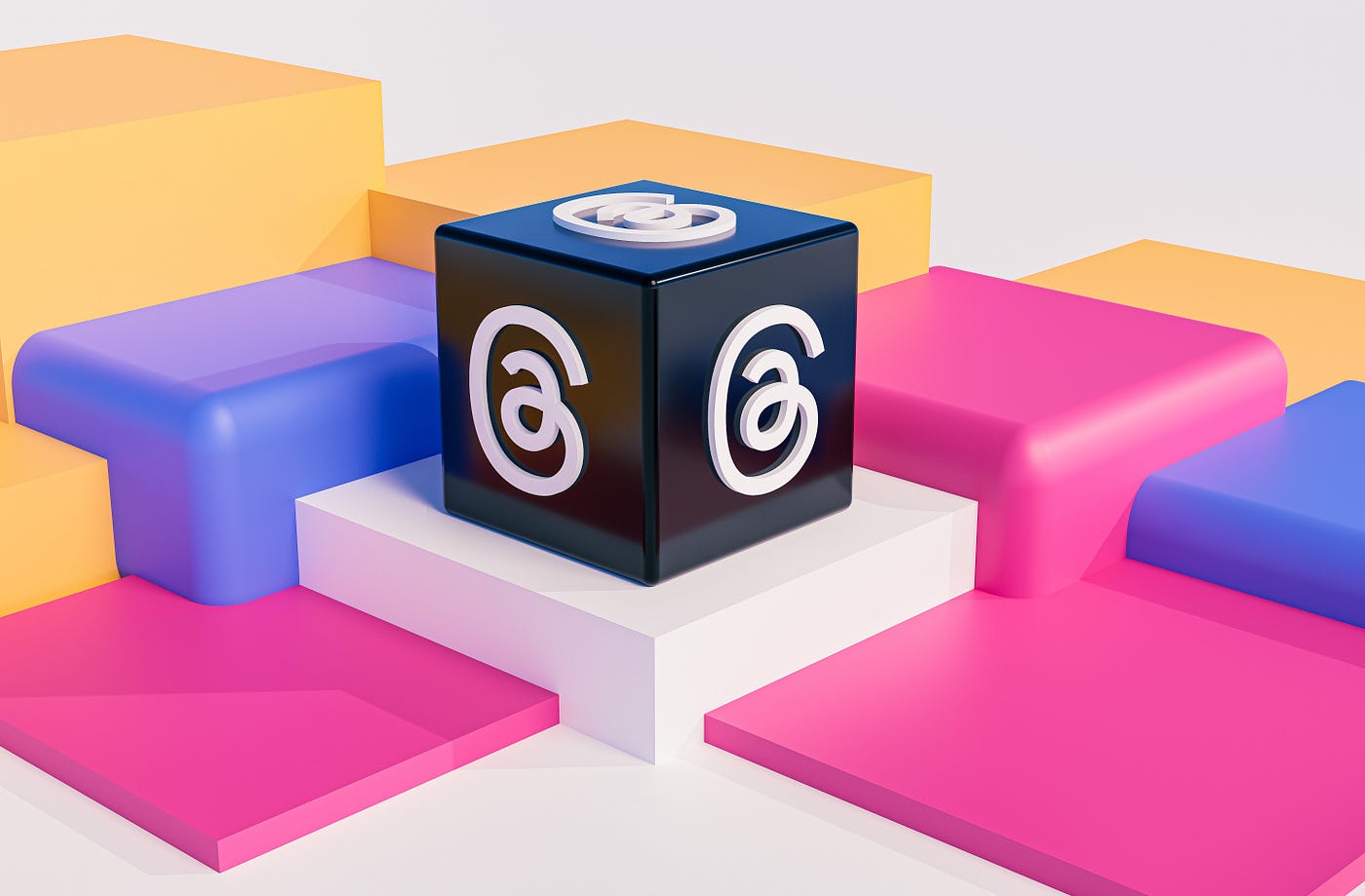
💻
Technology

💻
Technology

💻
Technology

💻
Technology

💻
Technology

💻
Technology

Jeffrey De-Graft Hinson
Article
Decoding Threads: Unveiling the Secrets Behind Its Launch Success and Design Lessons
This article analyzes the successful launch of Threads by Meta, focusing on three key areas: onboarding, UI design, and the role of social media as an ecosystem.
This article analyzes the successful launch of Threads by Meta, focusing on three key areas: onboarding, UI design, and the role of social media as an ecosystem.
This article analyzes the successful launch of Threads by Meta, focusing on three key areas: onboarding, UI design, and the role of social media as an ecosystem.
This article analyzes the successful launch of Threads by Meta, focusing on three key areas: onboarding, UI design, and the role of social media as an ecosystem.
This article analyzes the successful launch of Threads by Meta, focusing on three key areas: onboarding, UI design, and the role of social media as an ecosystem.
This article analyzes the successful launch of Threads by Meta, focusing on three key areas: onboarding, UI design, and the role of social media as an ecosystem.

💻
Technology

💻
Technology

💻
Technology

💻
Technology

💻
Technology

💻
Technology

Samuel Allotey
Article
Marvel-ous UX: How the Marvel Cinematic Universe Can Teach Us About User Experience Design
The article explores how the MCU's success offers UX design lessons. It focuses on cohesive design, storytelling, emotional impact, and accessibility, suggesting these principles can elevate digital experiences.
The article explores how the MCU's success offers UX design lessons. It focuses on cohesive design, storytelling, emotional impact, and accessibility, suggesting these principles can elevate digital experiences.
The article explores how the MCU's success offers UX design lessons. It focuses on cohesive design, storytelling, emotional impact, and accessibility, suggesting these principles can elevate digital experiences.
The article explores how the MCU's success offers UX design lessons. It focuses on cohesive design, storytelling, emotional impact, and accessibility, suggesting these principles can elevate digital experiences.
The article explores how the MCU's success offers UX design lessons. It focuses on cohesive design, storytelling, emotional impact, and accessibility, suggesting these principles can elevate digital experiences.
The article explores how the MCU's success offers UX design lessons. It focuses on cohesive design, storytelling, emotional impact, and accessibility, suggesting these principles can elevate digital experiences.
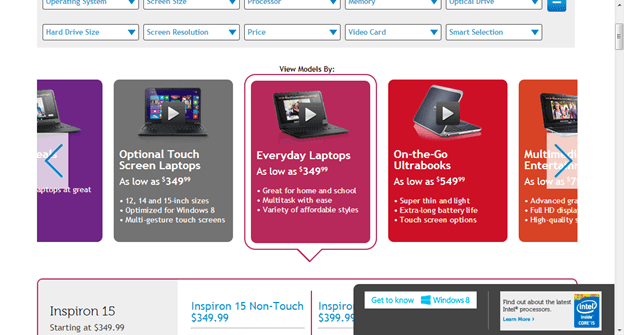
💻
Technology

💻
Technology

💻
Technology

💻
Technology

💻
Technology

💻
Technology

Kara Pernice
Article
Carousel Usability: Designing an Effective UI for Websites with Content Overload
The article offers guidelines for designing effective carousels on websites. It discusses the pros and cons of using carousels, emphasizing that users often scroll past them.
The article offers guidelines for designing effective carousels on websites. It discusses the pros and cons of using carousels, emphasizing that users often scroll past them.
The article offers guidelines for designing effective carousels on websites. It discusses the pros and cons of using carousels, emphasizing that users often scroll past them.
The article offers guidelines for designing effective carousels on websites. It discusses the pros and cons of using carousels, emphasizing that users often scroll past them.
The article offers guidelines for designing effective carousels on websites. It discusses the pros and cons of using carousels, emphasizing that users often scroll past them.
The article offers guidelines for designing effective carousels on websites. It discusses the pros and cons of using carousels, emphasizing that users often scroll past them.

💻
Technology

💻
Technology

💻
Technology

💻
Technology

💻
Technology

💻
Technology

Chris Kiess
Article
Defending UX design decisions — 8 essential techniques
This article focuses on eight essential techniques for defending UX design decisions during meetings. It emphasizes the importance of preparation and offers methods to effectively communicate your design choices. The author also advises viewing stakeholders not as adversaries but as partners in the design process.
This article focuses on eight essential techniques for defending UX design decisions during meetings. It emphasizes the importance of preparation and offers methods to effectively communicate your design choices. The author also advises viewing stakeholders not as adversaries but as partners in the design process.
This article focuses on eight essential techniques for defending UX design decisions during meetings. It emphasizes the importance of preparation and offers methods to effectively communicate your design choices. The author also advises viewing stakeholders not as adversaries but as partners in the design process.
This article focuses on eight essential techniques for defending UX design decisions during meetings. It emphasizes the importance of preparation and offers methods to effectively communicate your design choices. The author also advises viewing stakeholders not as adversaries but as partners in the design process.
This article focuses on eight essential techniques for defending UX design decisions during meetings. It emphasizes the importance of preparation and offers methods to effectively communicate your design choices. The author also advises viewing stakeholders not as adversaries but as partners in the design process.
This article focuses on eight essential techniques for defending UX design decisions during meetings. It emphasizes the importance of preparation and offers methods to effectively communicate your design choices. The author also advises viewing stakeholders not as adversaries but as partners in the design process.
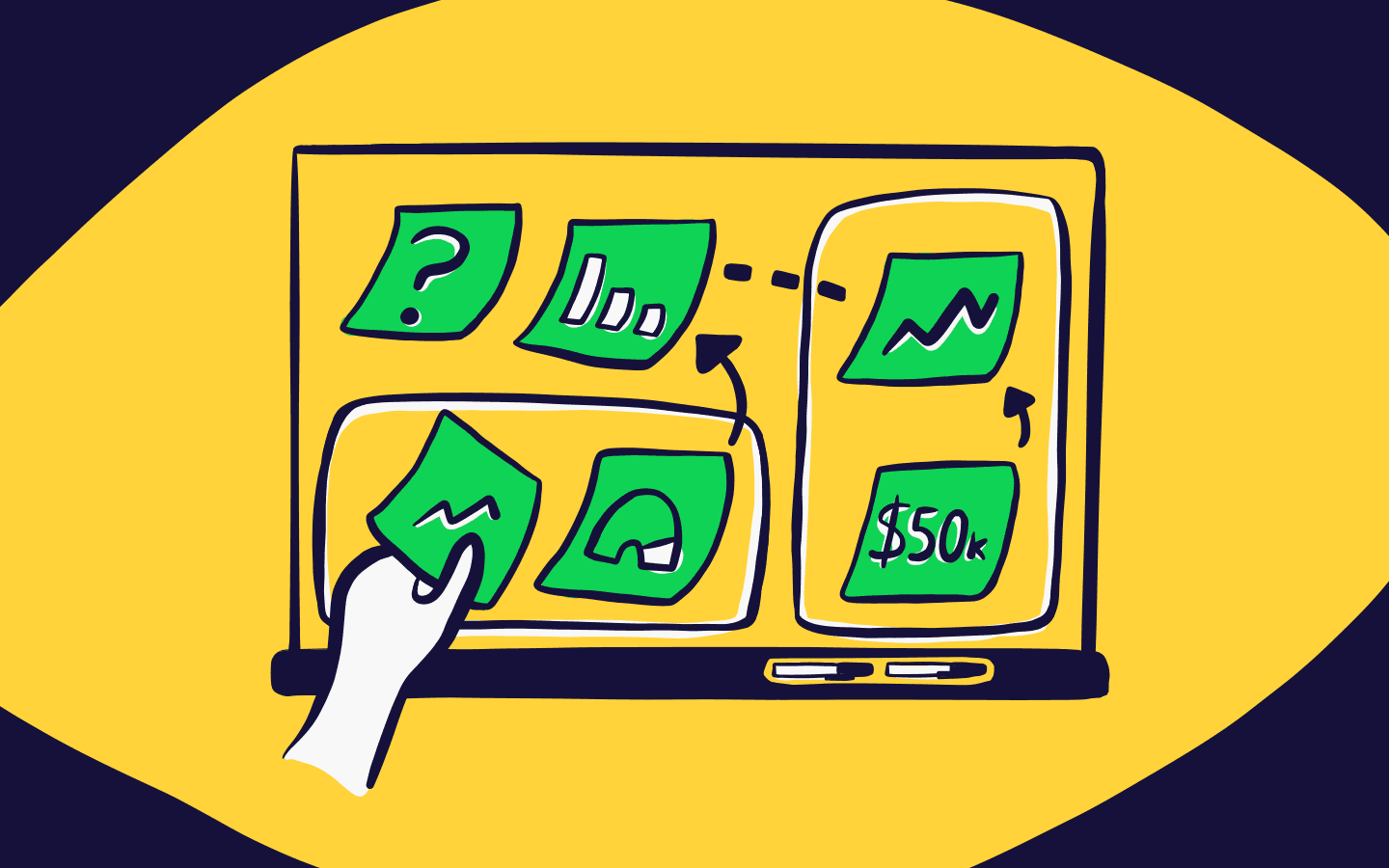
💻
Technology

💻
Technology

💻
Technology

💻
Technology

💻
Technology

💻
Technology

Laura Kukula
Article
9 dashboard design principles: see them in action with real examples
The article outlines nine principles for effective dashboard design, each accompanied by real-world examples. It covers topics like defining the dashboard's purpose, prioritizing metrics through size and position, and the importance of clear labeling and ongoing development.
The article outlines nine principles for effective dashboard design, each accompanied by real-world examples. It covers topics like defining the dashboard's purpose, prioritizing metrics through size and position, and the importance of clear labeling and ongoing development.
The article outlines nine principles for effective dashboard design, each accompanied by real-world examples. It covers topics like defining the dashboard's purpose, prioritizing metrics through size and position, and the importance of clear labeling and ongoing development.
The article outlines nine principles for effective dashboard design, each accompanied by real-world examples. It covers topics like defining the dashboard's purpose, prioritizing metrics through size and position, and the importance of clear labeling and ongoing development.
The article outlines nine principles for effective dashboard design, each accompanied by real-world examples. It covers topics like defining the dashboard's purpose, prioritizing metrics through size and position, and the importance of clear labeling and ongoing development.
The article outlines nine principles for effective dashboard design, each accompanied by real-world examples. It covers topics like defining the dashboard's purpose, prioritizing metrics through size and position, and the importance of clear labeling and ongoing development.

💻
Technology

💻
Technology

💻
Technology

💻
Technology

💻
Technology

💻
Technology

Samuel Allotey
Article
Eloquent Emptiness: Whitespace’s Vital Contribution to Harmonious Interface Design
This article explores the critical role of whitespace in creating balanced and effective interfaces. It discusses how whitespace enhances visual hierarchy, clarity, and accessibility, arguing that it's not just 'empty space' but a vital design element.
This article explores the critical role of whitespace in creating balanced and effective interfaces. It discusses how whitespace enhances visual hierarchy, clarity, and accessibility, arguing that it's not just 'empty space' but a vital design element.
This article explores the critical role of whitespace in creating balanced and effective interfaces. It discusses how whitespace enhances visual hierarchy, clarity, and accessibility, arguing that it's not just 'empty space' but a vital design element.
This article explores the critical role of whitespace in creating balanced and effective interfaces. It discusses how whitespace enhances visual hierarchy, clarity, and accessibility, arguing that it's not just 'empty space' but a vital design element.
This article explores the critical role of whitespace in creating balanced and effective interfaces. It discusses how whitespace enhances visual hierarchy, clarity, and accessibility, arguing that it's not just 'empty space' but a vital design element.
This article explores the critical role of whitespace in creating balanced and effective interfaces. It discusses how whitespace enhances visual hierarchy, clarity, and accessibility, arguing that it's not just 'empty space' but a vital design element.
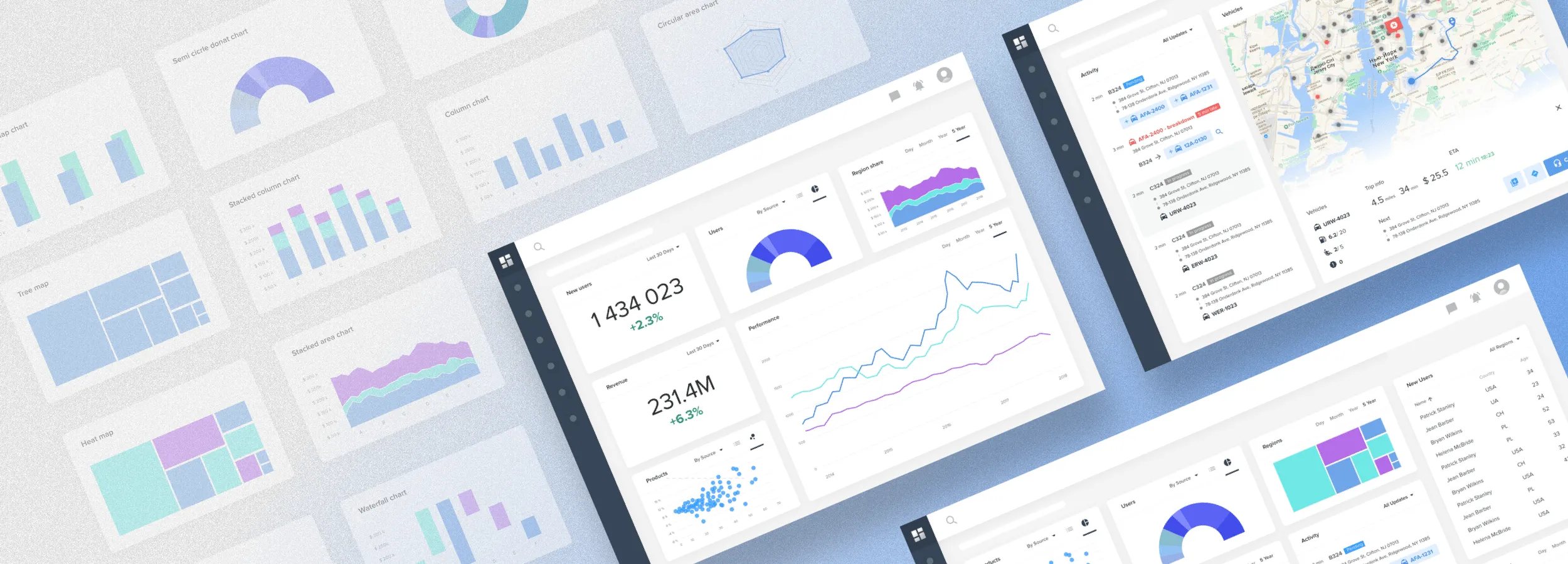
💻
Technology

💻
Technology

💻
Technology

💻
Technology

💻
Technology

💻
Technology

Taras Bakusevych
Article
10 rules for better dashboard design
This article outlines 10 key rules for designing effective dashboards. It covers aspects like defining the dashboard's purpose, choosing the right data representation, and maintaining consistency. The article also discusses the importance of white space, interactivity, and personalization.
This article outlines 10 key rules for designing effective dashboards. It covers aspects like defining the dashboard's purpose, choosing the right data representation, and maintaining consistency. The article also discusses the importance of white space, interactivity, and personalization.
This article outlines 10 key rules for designing effective dashboards. It covers aspects like defining the dashboard's purpose, choosing the right data representation, and maintaining consistency. The article also discusses the importance of white space, interactivity, and personalization.
This article outlines 10 key rules for designing effective dashboards. It covers aspects like defining the dashboard's purpose, choosing the right data representation, and maintaining consistency. The article also discusses the importance of white space, interactivity, and personalization.
This article outlines 10 key rules for designing effective dashboards. It covers aspects like defining the dashboard's purpose, choosing the right data representation, and maintaining consistency. The article also discusses the importance of white space, interactivity, and personalization.
This article outlines 10 key rules for designing effective dashboards. It covers aspects like defining the dashboard's purpose, choosing the right data representation, and maintaining consistency. The article also discusses the importance of white space, interactivity, and personalization.

💻
Technology

💻
Technology

💻
Technology

💻
Technology

💻
Technology

💻
Technology

Aaron James
Article
How to create a compelling design portfolio companies will notice
The article offers a comprehensive guide for creating an impactful design portfolio. It covers key aspects like focus, showcasing top projects, and incorporating data-backed results. Ideal for both junior and senior-level designers.
The article offers a comprehensive guide for creating an impactful design portfolio. It covers key aspects like focus, showcasing top projects, and incorporating data-backed results. Ideal for both junior and senior-level designers.
The article offers a comprehensive guide for creating an impactful design portfolio. It covers key aspects like focus, showcasing top projects, and incorporating data-backed results. Ideal for both junior and senior-level designers.
The article offers a comprehensive guide for creating an impactful design portfolio. It covers key aspects like focus, showcasing top projects, and incorporating data-backed results. Ideal for both junior and senior-level designers.
The article offers a comprehensive guide for creating an impactful design portfolio. It covers key aspects like focus, showcasing top projects, and incorporating data-backed results. Ideal for both junior and senior-level designers.
The article offers a comprehensive guide for creating an impactful design portfolio. It covers key aspects like focus, showcasing top projects, and incorporating data-backed results. Ideal for both junior and senior-level designers.
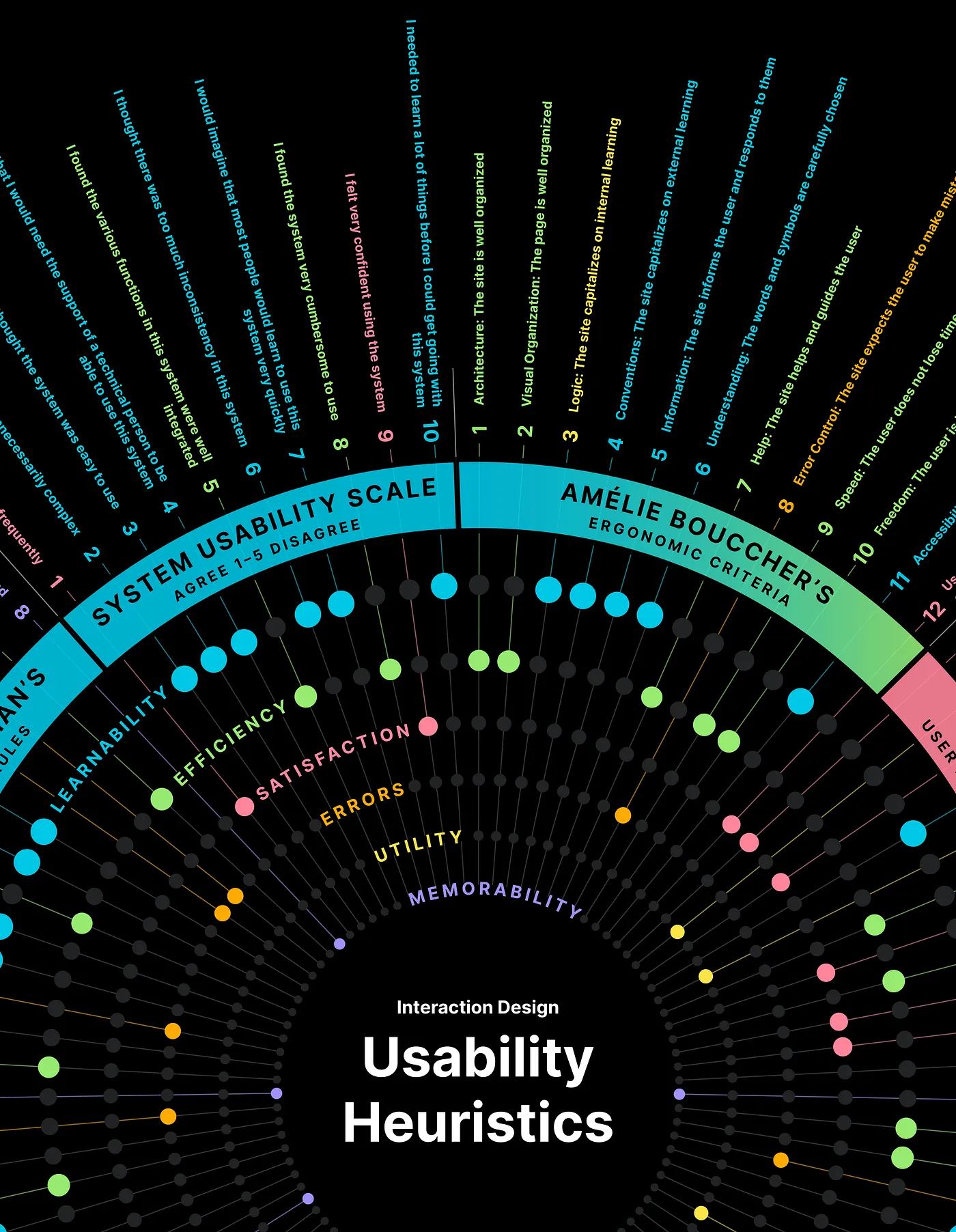
💻
Technology

💻
Technology

💻
Technology

💻
Technology

💻
Technology

💻
Technology

Michael Kritsch
Article
Usability heuristic frameworks: which one is right for you?
This article delves into the various heuristic evaluation methodologies available for UX designers. The author, Michael Kritsch, goes beyond the commonly used Nielsen’s 10 Usability Heuristics to explore and categorize alternative frameworks.
This article delves into the various heuristic evaluation methodologies available for UX designers. The author, Michael Kritsch, goes beyond the commonly used Nielsen’s 10 Usability Heuristics to explore and categorize alternative frameworks.
This article delves into the various heuristic evaluation methodologies available for UX designers. The author, Michael Kritsch, goes beyond the commonly used Nielsen’s 10 Usability Heuristics to explore and categorize alternative frameworks.
This article delves into the various heuristic evaluation methodologies available for UX designers. The author, Michael Kritsch, goes beyond the commonly used Nielsen’s 10 Usability Heuristics to explore and categorize alternative frameworks.
This article delves into the various heuristic evaluation methodologies available for UX designers. The author, Michael Kritsch, goes beyond the commonly used Nielsen’s 10 Usability Heuristics to explore and categorize alternative frameworks.
This article delves into the various heuristic evaluation methodologies available for UX designers. The author, Michael Kritsch, goes beyond the commonly used Nielsen’s 10 Usability Heuristics to explore and categorize alternative frameworks.

💻
Technology

💻
Technology

💻
Technology

💻
Technology

💻
Technology

💻
Technology

Aaron James
Article
The complete guide to design interviews
The guide covers acing design interviews at top firms. It outlines stages from portfolio reviews to formal loops and highlights key traits: product thinking, interaction design, and visual design.
The guide covers acing design interviews at top firms. It outlines stages from portfolio reviews to formal loops and highlights key traits: product thinking, interaction design, and visual design.
The guide covers acing design interviews at top firms. It outlines stages from portfolio reviews to formal loops and highlights key traits: product thinking, interaction design, and visual design.
The guide covers acing design interviews at top firms. It outlines stages from portfolio reviews to formal loops and highlights key traits: product thinking, interaction design, and visual design.
The guide covers acing design interviews at top firms. It outlines stages from portfolio reviews to formal loops and highlights key traits: product thinking, interaction design, and visual design.
The guide covers acing design interviews at top firms. It outlines stages from portfolio reviews to formal loops and highlights key traits: product thinking, interaction design, and visual design.

💻
Technology

💻
Technology

💻
Technology

💻
Technology

💻
Technology

💻
Technology

Samuel Allotey
Article
Reflections of a Wannabe Nomad: Surviving Singapore and Dubai — A Journey Through Panic, Discovery, and the Power of UX Design
The piece shares travel experiences in Singapore and Dubai, highlighting the role of UX design in navigating complex spaces. It argues that UX principles are not just for digital products but also shape real-world interactions.
The piece shares travel experiences in Singapore and Dubai, highlighting the role of UX design in navigating complex spaces. It argues that UX principles are not just for digital products but also shape real-world interactions.
The piece shares travel experiences in Singapore and Dubai, highlighting the role of UX design in navigating complex spaces. It argues that UX principles are not just for digital products but also shape real-world interactions.
The piece shares travel experiences in Singapore and Dubai, highlighting the role of UX design in navigating complex spaces. It argues that UX principles are not just for digital products but also shape real-world interactions.
The piece shares travel experiences in Singapore and Dubai, highlighting the role of UX design in navigating complex spaces. It argues that UX principles are not just for digital products but also shape real-world interactions.
The piece shares travel experiences in Singapore and Dubai, highlighting the role of UX design in navigating complex spaces. It argues that UX principles are not just for digital products but also shape real-world interactions.

💻
Technology

💻
Technology

💻
Technology

💻
Technology

💻
Technology

💻
Technology

Jamie Ryan
Article
Navigating the UX team of one
Delve into the unique challenges and opportunities of being the sole UX designer in an organization. The piece offers practical advice on relationship-building, work documentation, and strategizing for future growth, with an emphasis on credibility and effective communication.
Delve into the unique challenges and opportunities of being the sole UX designer in an organization. The piece offers practical advice on relationship-building, work documentation, and strategizing for future growth, with an emphasis on credibility and effective communication.
Delve into the unique challenges and opportunities of being the sole UX designer in an organization. The piece offers practical advice on relationship-building, work documentation, and strategizing for future growth, with an emphasis on credibility and effective communication.
Delve into the unique challenges and opportunities of being the sole UX designer in an organization. The piece offers practical advice on relationship-building, work documentation, and strategizing for future growth, with an emphasis on credibility and effective communication.
Delve into the unique challenges and opportunities of being the sole UX designer in an organization. The piece offers practical advice on relationship-building, work documentation, and strategizing for future growth, with an emphasis on credibility and effective communication.
Delve into the unique challenges and opportunities of being the sole UX designer in an organization. The piece offers practical advice on relationship-building, work documentation, and strategizing for future growth, with an emphasis on credibility and effective communication.
Junkyard
Junkyard
Junkyard
Junkyard
Junkyard
Junkyard